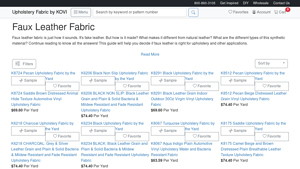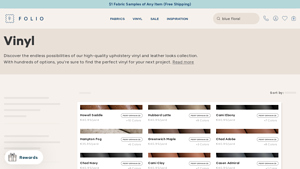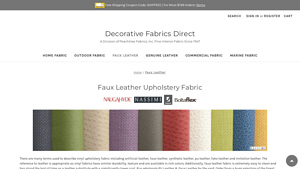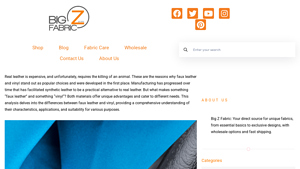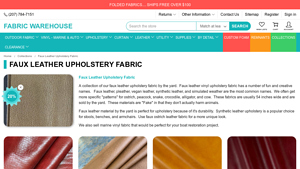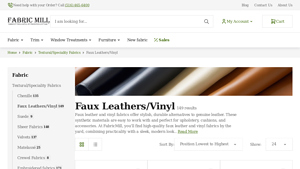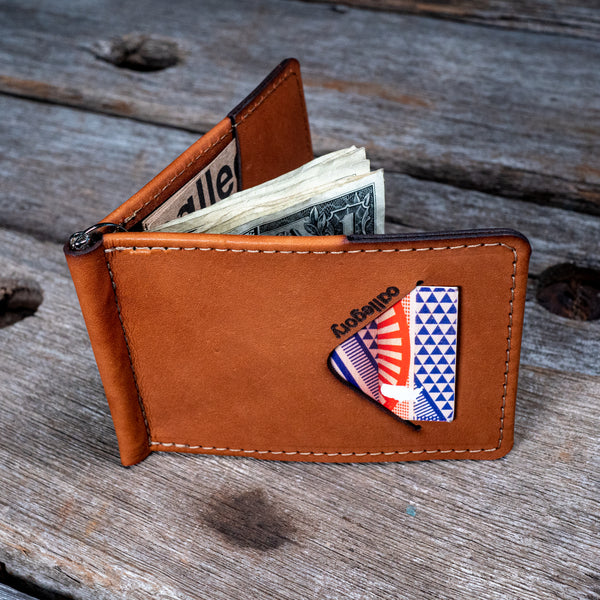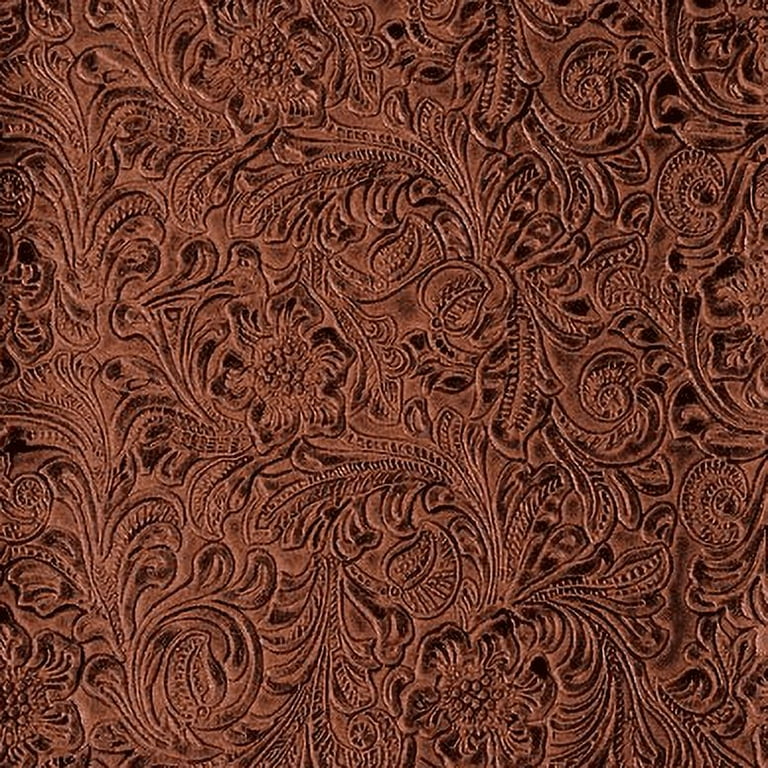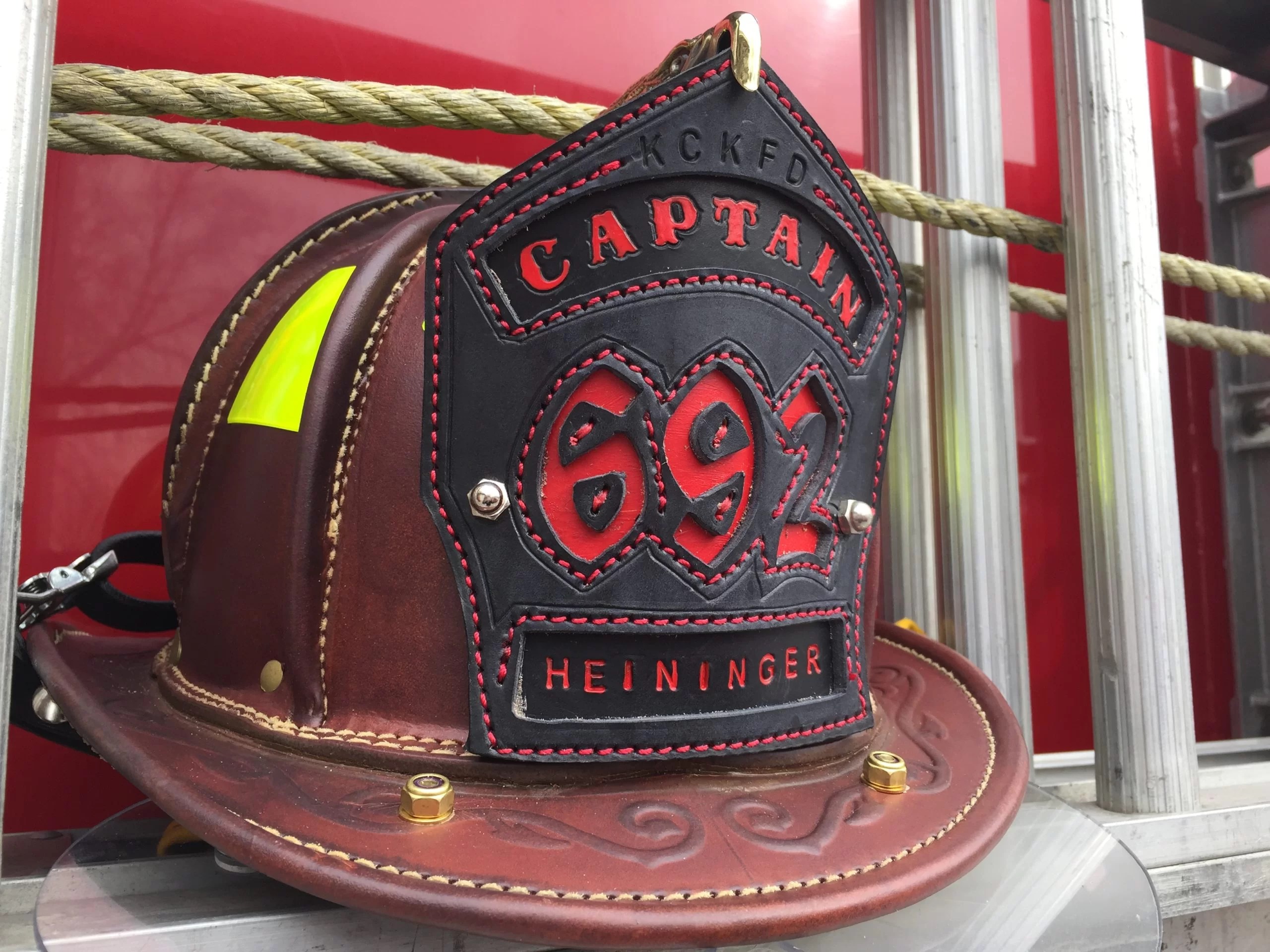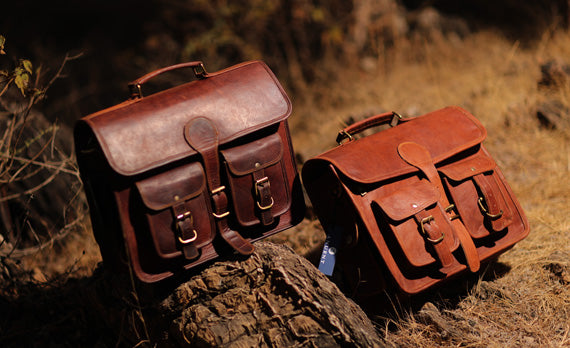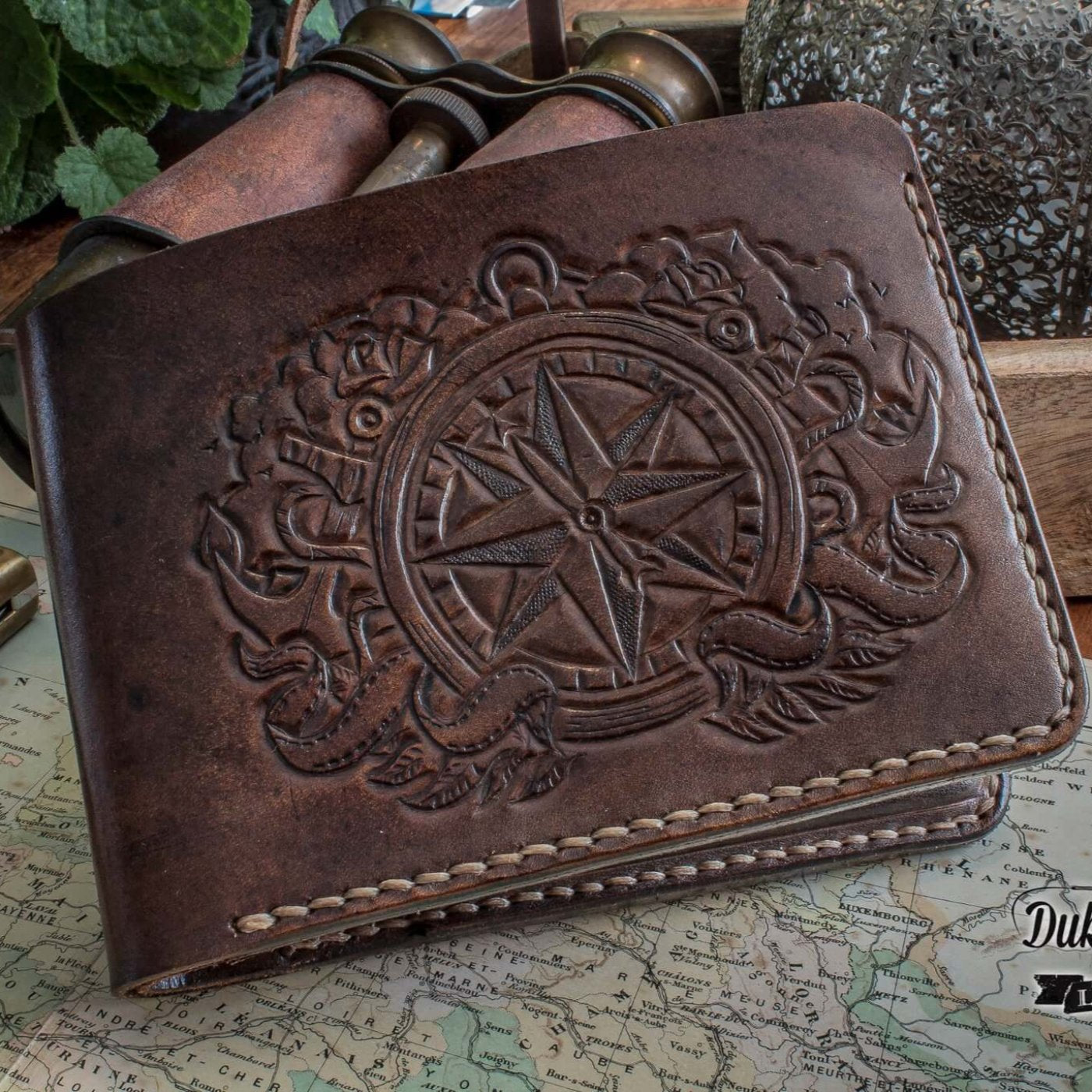Introduction: Navigating the Global Market for faux leather vinyl fabric
In the competitive landscape of global textiles, sourcing high-quality faux leather vinyl fabric can pose significant challenges for international B2B buyers. Whether you are looking to furnish luxury hotels in Saudi Arabia or supply upholstery materials to manufacturers in Vietnam, the need for durable, stylish, and cost-effective alternatives to genuine leather is critical. This guide aims to empower decision-makers by providing a comprehensive overview of faux leather vinyl fabric, including its various types, applications, and sourcing considerations.
Understanding the nuances between PVC and PU leather, for example, is essential for making informed purchasing choices that align with both budget and ethical standards. Additionally, the guide delves into supplier vetting strategies, cost breakdowns, and tips for maintaining faux leather products, ensuring that buyers can navigate the complexities of the market with confidence.
By addressing the specific needs of B2B buyers from diverse regions such as Africa, South America, the Middle East, and Europe, this resource equips businesses with actionable insights and strategies to streamline their sourcing processes. With the right information at hand, you can enhance your product offerings and meet the increasing demand for sustainable and stylish upholstery solutions, ultimately driving growth in your enterprise.
Table Of Contents
- Top 6 Faux Leather Vinyl Fabric Manufacturers & Suppliers List
- Introduction: Navigating the Global Market for faux leather vinyl fabric
- Understanding faux leather vinyl fabric Types and Variations
- Key Industrial Applications of faux leather vinyl fabric
- 3 Common User Pain Points for ‘faux leather vinyl fabric’ & Their Solutions
- Strategic Material Selection Guide for faux leather vinyl fabric
- In-depth Look: Manufacturing Processes and Quality Assurance for faux leather vinyl fabric
- Practical Sourcing Guide: A Step-by-Step Checklist for ‘faux leather vinyl fabric’
- Comprehensive Cost and Pricing Analysis for faux leather vinyl fabric Sourcing
- Alternatives Analysis: Comparing faux leather vinyl fabric With Other Solutions
- Essential Technical Properties and Trade Terminology for faux leather vinyl fabric
- Navigating Market Dynamics and Sourcing Trends in the faux leather vinyl fabric Sector
- Frequently Asked Questions (FAQs) for B2B Buyers of faux leather vinyl fabric
- Strategic Sourcing Conclusion and Outlook for faux leather vinyl fabric
- Important Disclaimer & Terms of Use
Understanding faux leather vinyl fabric Types and Variations
| Type Name | Key Distinguishing Features | Primary B2B Applications | Brief Pros & Cons for Buyers |
|---|---|---|---|
| PU Leer | Softer, more breathable, eco-friendly, and resembles genuine leather | Upholstery, fashion, automotive | Pros: Eco-friendly, comfortable, high-quality appearance. Cons: Generally more expensive than PVC options. |
| PVC leer | Waterproof, non-porous, stain-resistant, and durable | Automotive, marine, commercial upholstery | Pros: Cost-effective, highly durable. Cons: Less breathable, potential environmental concerns. |
| Soft Touch Faux Leather | Luxurious feel, soft texture, often used in high-end applications | Furniture, fashion accessories, luxury items | Pros: High-end appearance, good durability. Cons: Can be more expensive than standard faux leathers. |
| Breathable Vinyl | Allows moisture to escape, ideal for seating applications | Automotive seating, office furniture | Pros: Comfort, reduces heat buildup. Cons: May require more maintenance to retain appearance. |
| Decorative Vinyl | Unique patterns and textures, often used for aesthetic purposes | Crafting, fashion, interior design | Pros: Versatile design options, eye-catching. Cons: May not be as durable as other types for heavy use. |
What is PU Leather and Why Should B2B Buyers Consider It?
PU leather, or polyurethane leather, is a popular choice due to its softness and breathability, closely mimicking the characteristics of genuine leather. It is often used in upholstery, fashion, and automotive applications where aesthetics and comfort are paramount. For B2B buyers, the eco-friendly nature of PU leather, combined with its high-quality appearance, makes it a compelling option despite its higher price point compared to PVC. Buyers should consider the longevity and customer appeal of PU leather when making purchasing decisions.
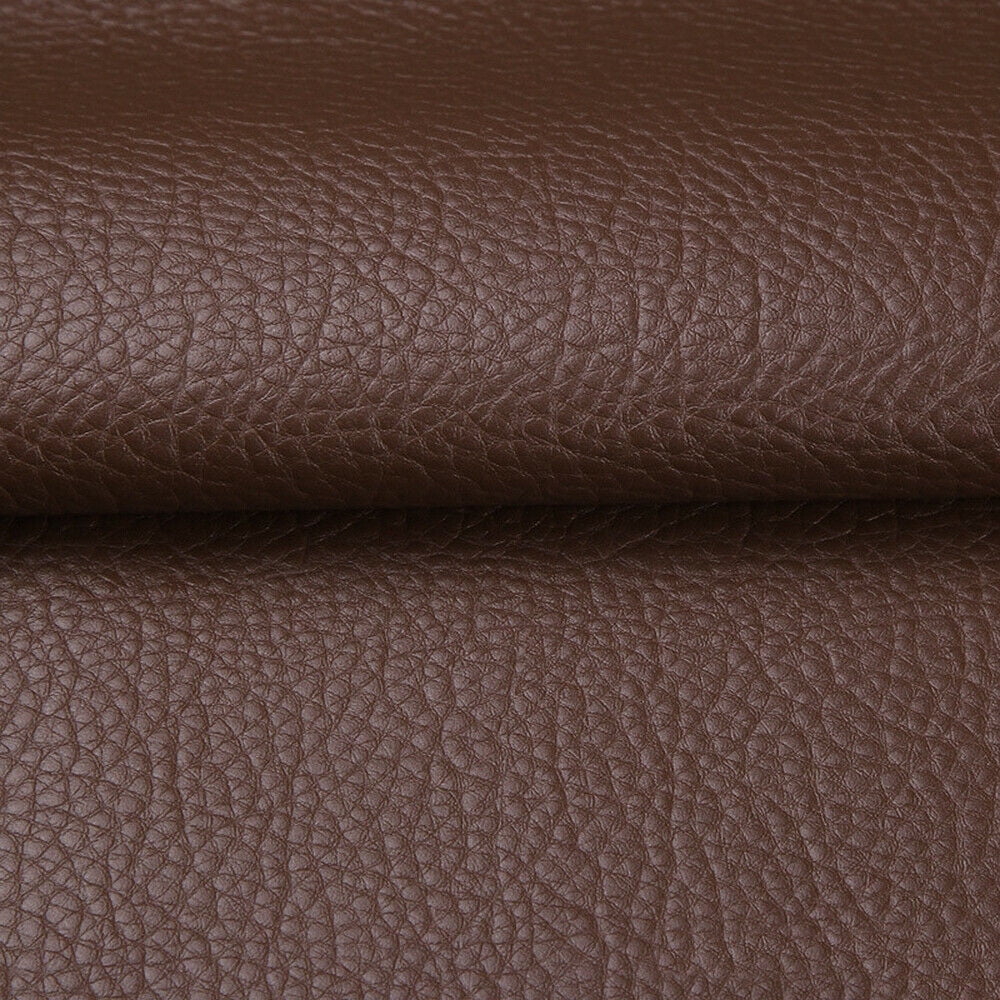
Illustrative image related to faux leather vinyl fabric
How Does PVC Leather Stand Out in the Market?
PVC leather, known for its durability and stain resistance, is a widely used material in the automotive and commercial upholstery sectors. It is waterproof and non-porous, making it ideal for environments prone to spills and heavy use. While PVC leather is more cost-effective, buyers should be mindful of its environmental impact and reduced breathability. This type of faux leather is suitable for applications where durability is prioritized over comfort.
What Makes Soft Touch Faux Leather a Premium Choice?
Soft touch faux leather is characterized by its luxurious feel and soft texture, making it a favored option for high-end furniture and fashion accessories. This type of faux leather provides an upscale look while ensuring durability, which is appealing to businesses targeting a premium market. While it may come at a higher cost, the aesthetic benefits and customer satisfaction it can generate make it a worthy investment for B2B buyers.
Why Choose Breathable Vinyl for Seating Applications?
Breathable vinyl is designed to allow moisture to escape, making it an excellent choice for seating applications in automotive and office furniture. This feature enhances comfort by reducing heat buildup, which is crucial for products intended for prolonged use. B2B buyers should consider breathable vinyl for environments where comfort and user experience are top priorities, though they should also be aware of the need for regular maintenance to maintain its appearance.
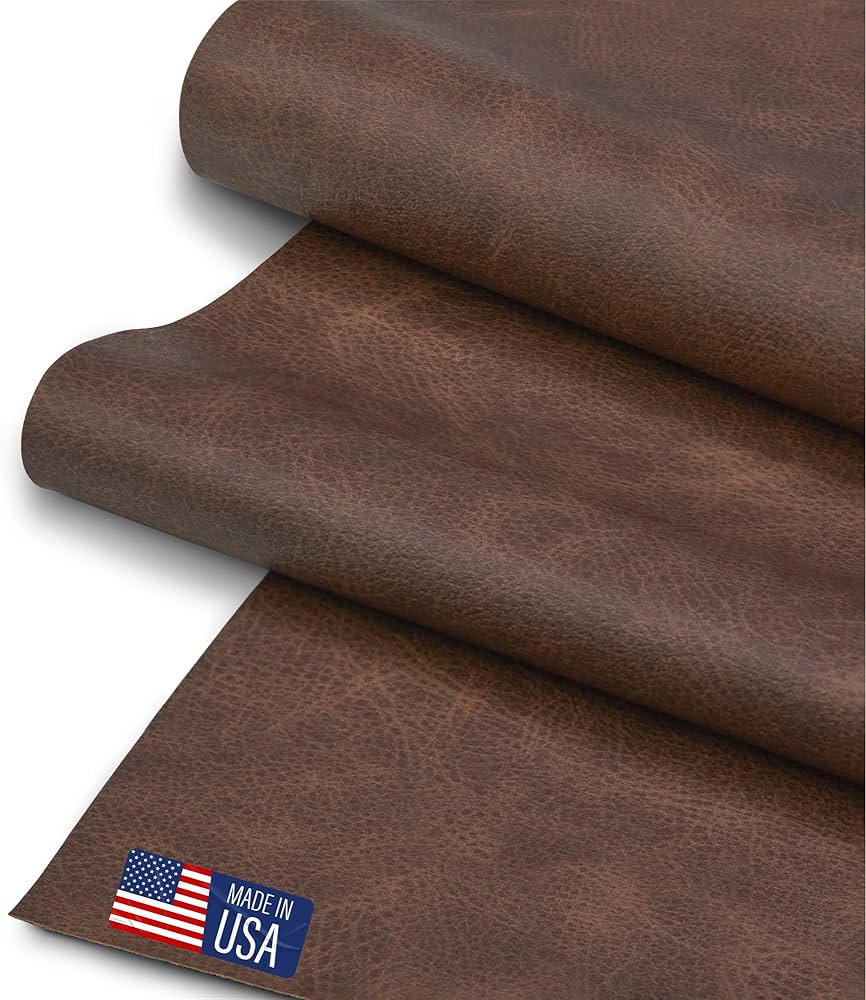
Illustrative image related to faux leather vinyl fabric
How Can Decorative Vinyl Enhance Product Appeal?
Decorative vinyl offers a wide range of unique patterns and textures, making it an attractive option for crafting, fashion, and interior design applications. Its versatility allows B2B buyers to create eye-catching products that stand out in the market. However, while decorative vinyl can enhance aesthetic appeal, it may not be as durable as other faux leather types for heavy-use situations. Buyers should balance design aspirations with practical durability considerations when selecting decorative vinyl.
Key Industrial Applications of faux leather vinyl fabric
| Industry/Sector | Specific Application of faux leather vinyl fabric | Value/Benefit for the Business | Key Sourcing Considerations for this Application |
|---|---|---|---|
| Automotive | Interior upholstery for seats and dashboards | Durable, easy to clean, and customizable designs | Considerations for weather resistance and fire retardancy |
| Hospitality and Retail | Furniture coverings in hotels and restaurants | Cost-effective, stylish, and low-maintenance | Look for stain-resistant and antimicrobial properties |
| Marine | Upholstery for boat interiors | Water-resistant and UV-resistant options | Ensure compliance with marine safety standards |
| Fashion and Accessories | Bags, jackets, and footwear | Ethical alternative to leather with diverse styles | Assess material durability and colorfastness |
| Home Furnishings | Upholstery for sofas, chairs, and cushions | Affordable luxury with a wide range of textures | Evaluate fabric weight and ease of maintenance |
How is Faux Leather Vinyl Fabric Used in the Automotive Industry?
In the automotive sector, faux leather vinyl fabric is widely utilized for interior upholstery, including seats, dashboards, and door panels. Its durability and ease of cleaning make it an ideal choice for vehicles that experience high wear and tear. For international buyers, especially in regions like Africa and the Middle East, sourcing faux leather that meets specific safety standards, such as fire retardancy and weather resistance, is crucial to ensure compliance with local regulations and customer expectations.
What are the Benefits of Faux Leather in Hospitality and Retail?
Faux leather vinyl fabric is increasingly popular in the hospitality and retail industries for furniture coverings in hotels, restaurants, and shops. The material offers a cost-effective solution that combines style and practicality, as it is low-maintenance and easy to clean. Buyers from Europe and South America should prioritize sourcing options that include stain-resistant and antimicrobial properties to enhance the longevity of their investments and maintain high hygiene standards in customer-facing environments.
Why is Faux Leather Preferred for Marine Applications?
In marine applications, faux leather vinyl fabric is favored for its water-resistant and UV-resistant properties, making it suitable for boat interiors. This material not only withstands harsh marine environments but also provides a comfortable and stylish finish. Buyers in the Middle East and coastal regions should ensure that the sourced fabric complies with marine safety standards, as well as consider options that are easy to clean and maintain, given the exposure to saltwater and sun.
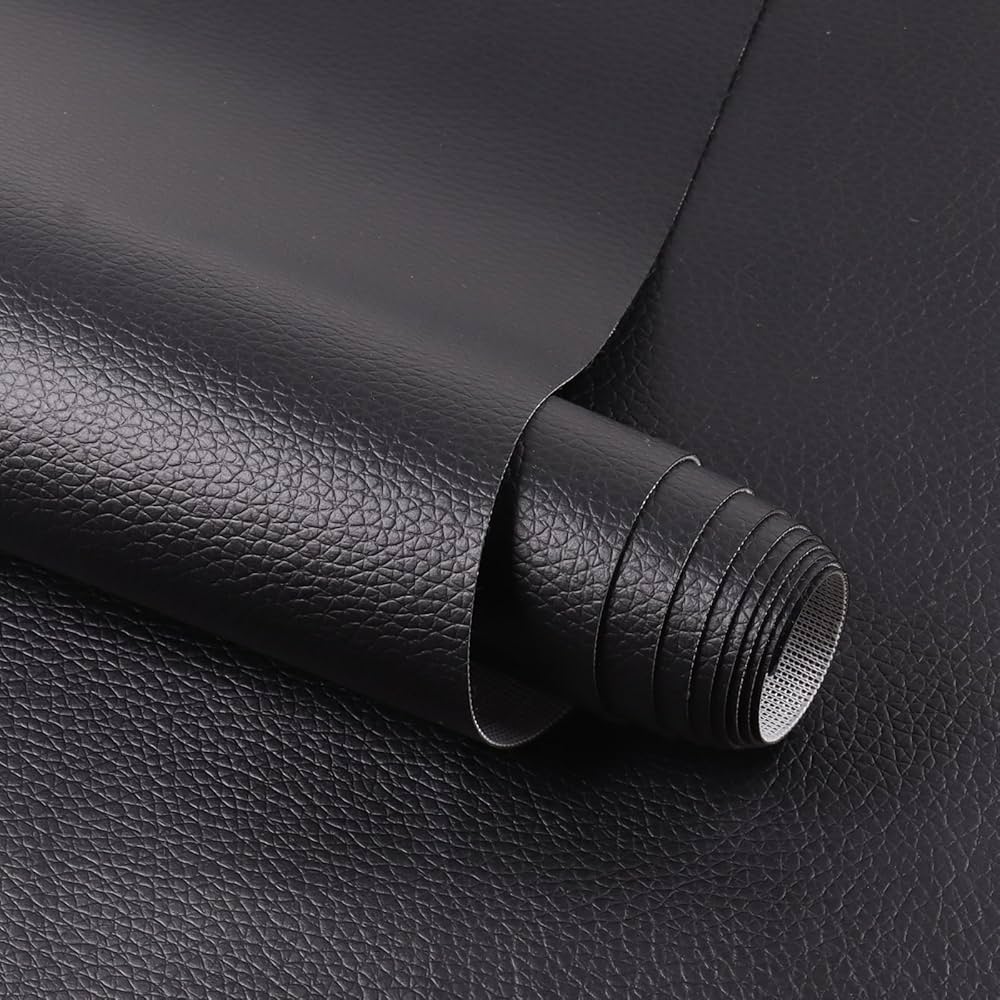
Illustrative image related to faux leather vinyl fabric
How is Faux Leather Used in Fashion and Accessories?
Faux leather vinyl fabric has become a staple in the fashion industry, used for bags, jackets, and footwear. It serves as an ethical alternative to genuine leather, appealing to environmentally conscious consumers. B2B buyers in regions like Africa and Europe should look for materials that offer a variety of styles and textures, while also assessing the durability and colorfastness to ensure that their products meet market demands for quality and longevity.
What Role Does Faux Leather Play in Home Furnishings?
In the home furnishings sector, faux leather vinyl fabric is commonly used for upholstery on sofas, chairs, and cushions. Its affordability and luxurious appearance make it a popular choice for both residential and commercial settings. Buyers should evaluate the fabric’s weight and ease of maintenance, particularly in regions with varying climates, to ensure that the upholstery remains in good condition over time and meets consumer expectations for comfort and aesthetics.
3 Common User Pain Points for ‘faux leather vinyl fabric’ & Their Solutions
Scenario 1: Sourcing Quality Faux Leather Vinyl Fabric for Diverse Applications
The Problem:
B2B buyers often struggle to find reliable suppliers that offer high-quality faux leather vinyl fabric suitable for various applications, such as upholstery for furniture, automotive interiors, or commercial use. Many suppliers provide inconsistent product quality, leading to dissatisfaction among end-users and potential financial losses. Additionally, international buyers may face challenges with shipping, import regulations, and understanding the material specifications, making the sourcing process complex and time-consuming.
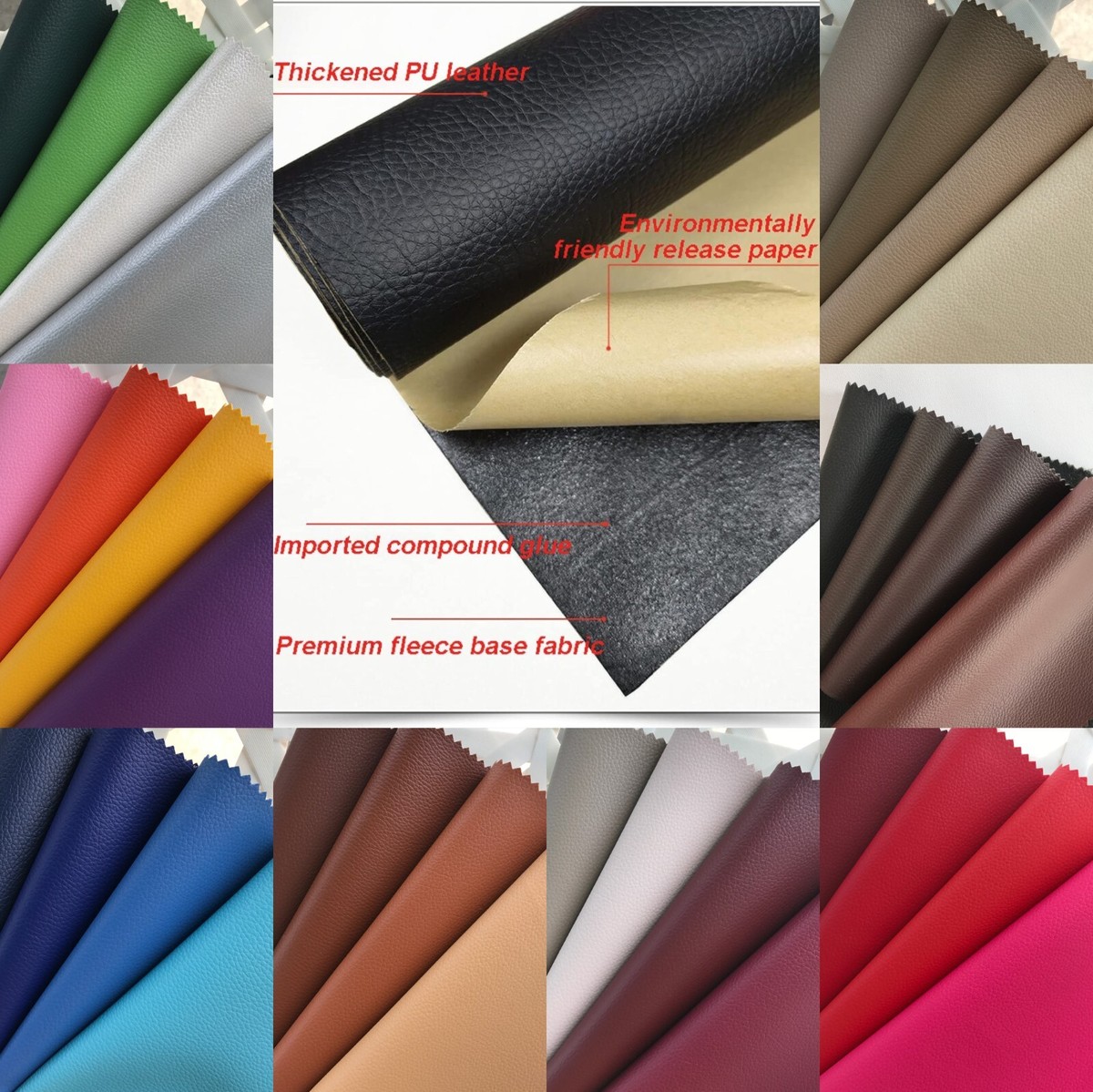
Illustrative image related to faux leather vinyl fabric
The Solution:
To overcome these sourcing challenges, B2B buyers should prioritize establishing relationships with reputable suppliers known for their quality standards. Conduct thorough research by seeking out suppliers with verified certifications and positive reviews from previous customers. It’s beneficial to request samples before making bulk purchases, allowing buyers to assess the fabric’s quality, texture, and durability firsthand.
Furthermore, engaging in direct communication with suppliers can clarify product specifications and applications. Buyers should ask detailed questions about the manufacturing processes, the types of materials used (such as PU vs. PVC), and any environmental certifications. This proactive approach ensures that the fabric sourced not only meets quality expectations but is also suitable for the intended application, enhancing customer satisfaction and reducing return rates.
Scenario 2: Understanding Faux Leather Vinyl Fabric Maintenance Requirements
The Problem:
Many B2B buyers, especially those in the hospitality and automotive industries, often overlook the maintenance requirements of faux leather vinyl fabric. This lack of understanding can lead to premature wear and tear, resulting in increased costs for replacements and repairs. Additionally, without proper maintenance guidelines, end-users may inadvertently damage the material, further compounding the issue.
The Solution:
To mitigate maintenance-related issues, B2B buyers should provide comprehensive care instructions to their clients. This can include creating easy-to-understand maintenance guides that outline proper cleaning techniques, recommended cleaning agents, and tips for preventing damage from sunlight or chemicals. For example, advising clients to use a mild soap solution for tough stains and to avoid bleach can significantly extend the life of the fabric.
Furthermore, offering training sessions for end-users on the appropriate care of faux leather products can be beneficial. This proactive educational approach not only enhances customer satisfaction but also builds trust and loyalty, as clients feel supported in their use of the product. By investing in maintenance education, businesses can reduce costs related to damage and replacement, ultimately improving their bottom line.
Scenario 3: Navigating Environmental Concerns with Faux Leather Vinyl Fabric
The Problem:
With increasing consumer awareness around sustainability, B2B buyers face pressure to choose eco-friendly materials. However, there is often confusion regarding the environmental impact of different types of faux leather, particularly between PVC and PU options. Buyers may fear backlash from consumers if they do not select the right materials, which can damage their brand reputation.
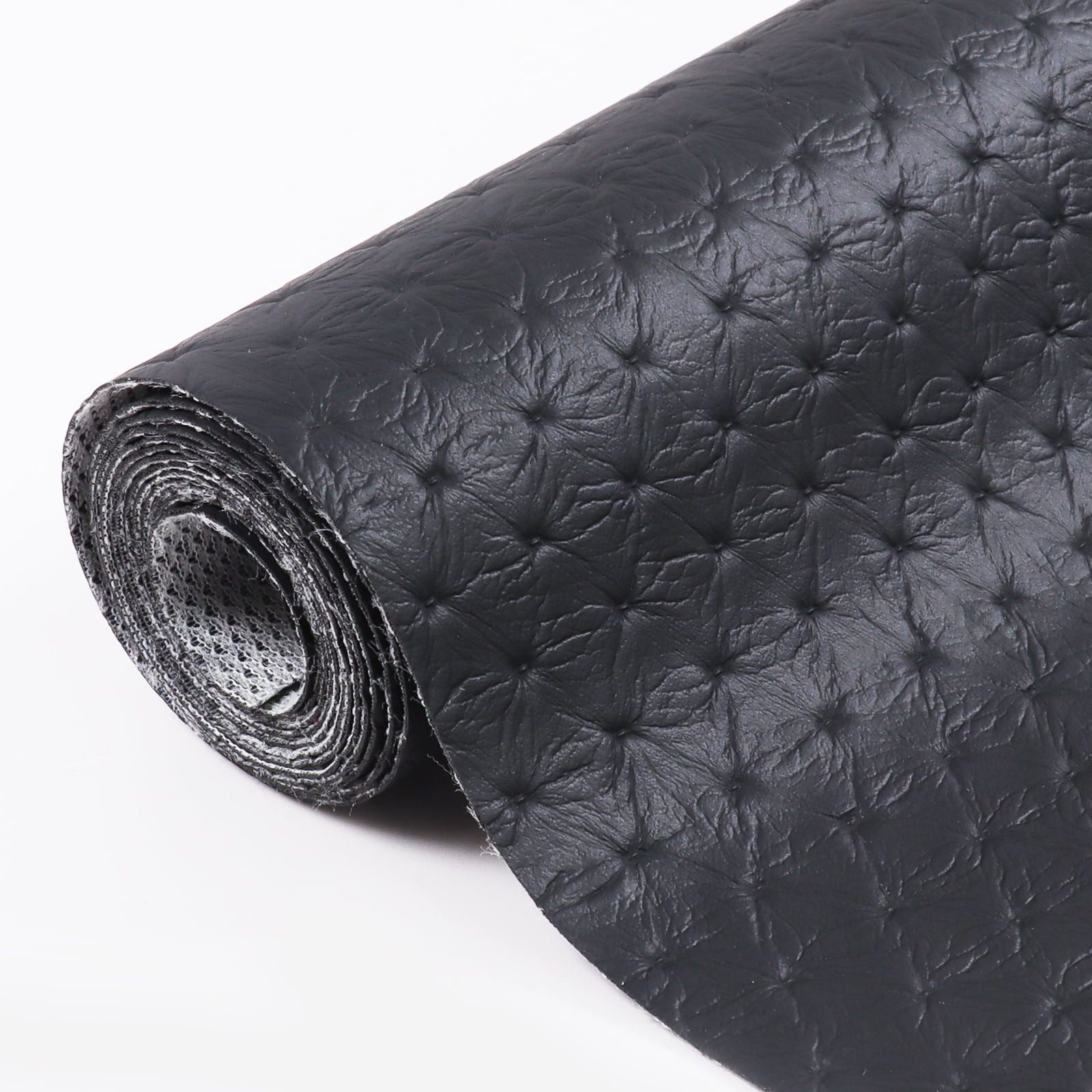
Illustrative image related to faux leather vinyl fabric
The Solution:
To address environmental concerns, B2B buyers should focus on sourcing PU leather, which is typically regarded as a more sustainable option compared to PVC. Buyers can enhance their sustainability credentials by partnering with suppliers who prioritize eco-friendly practices, such as using recycled materials or minimizing harmful chemicals in their manufacturing processes.
In addition, buyers can conduct lifecycle assessments of the products they choose to understand the environmental impact better. This information can be used in marketing materials to promote the sustainability of their offerings, attracting eco-conscious consumers. Providing transparency about sourcing and production processes can also help build brand trust and loyalty among customers who prioritize environmental responsibility. By aligning their product offerings with consumer values, B2B buyers can not only navigate environmental concerns but also enhance their market position.
Strategic Material Selection Guide for faux leather vinyl fabric
What Are the Key Materials Used in Faux Leather Vinyl Fabric?
When selecting faux leather vinyl fabric for various applications, understanding the properties and implications of the materials used is crucial for B2B buyers. Below, we analyze three common materials used in faux leather production: Polyurethane (PU), Polyvinyl Chloride (PVC), and Recycled Leather.
How Does Polyurethane (PU) Perform as a Faux Leather Material?
Polyurethane (PU) is a popular choice for faux leather due to its soft texture and breathability. It is made by coating a fabric base with a polyurethane layer, providing a more natural feel compared to other synthetic options. PU is known for its excellent durability, resistance to wear, and ability to maintain its appearance over time.
Pros & Cons: The primary advantage of PU is its eco-friendliness, as it does not require harmful plasticizers. However, it can be more expensive than PVC and may not be as water-resistant, making it less suitable for outdoor applications.
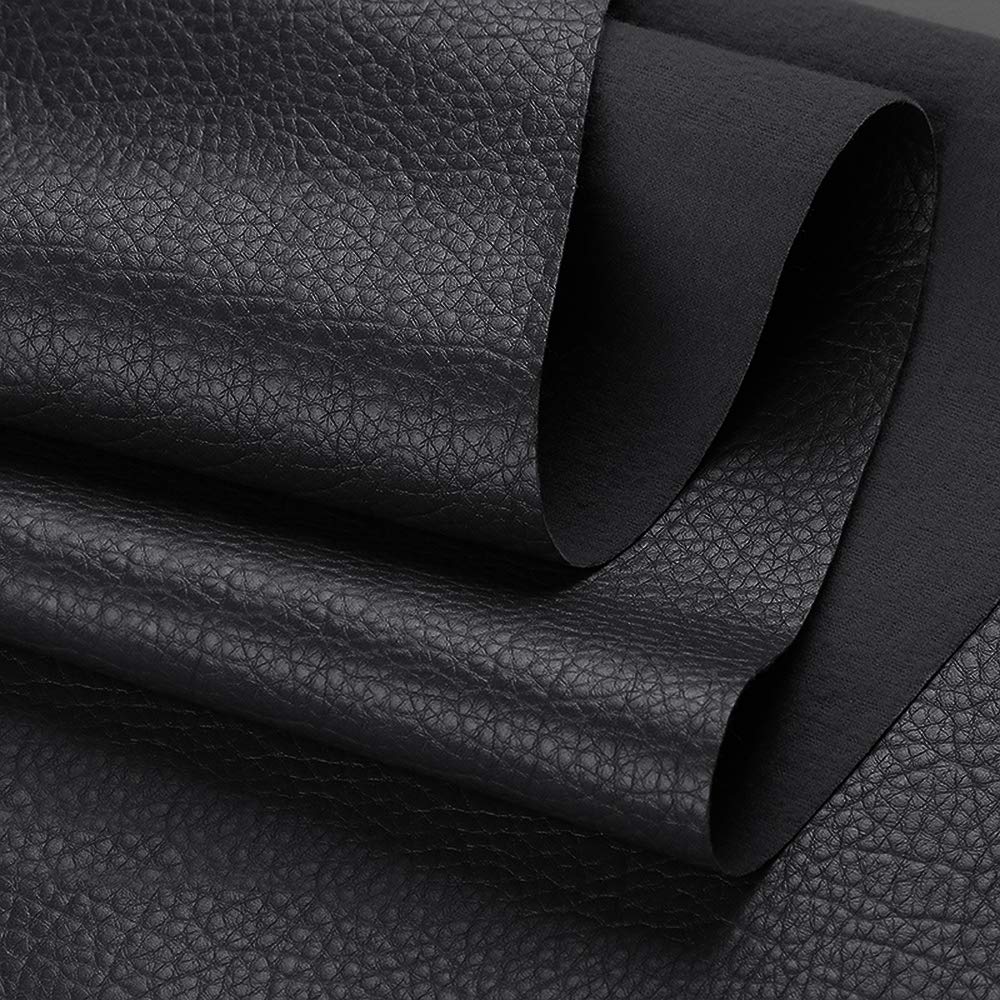
Illustrative image related to faux leather vinyl fabric
Impact on Application: PU is ideal for furniture upholstery and fashion items where comfort and aesthetic appeal are paramount. Its compatibility with various media, such as dyes and prints, allows for creative design possibilities.
Considerations for International Buyers: Buyers in regions like Europe may prefer PU due to stricter environmental regulations. Compliance with standards such as REACH (Registration, Evaluation, Authorisation, and Restriction of Chemicals) is essential for market entry.
What Role Does Polyvinyl Chloride (PVC) Play in Faux Leather Production?
Polyvinyl Chloride (PVC) is another widely used material for faux leather. It is created by applying a vinyl coating over a fabric base, resulting in a durable and waterproof product. PVC is often favored in industries such as automotive and marine applications due to its high resistance to moisture and staining.
Pros & Cons: The key advantage of PVC is its cost-effectiveness and ease of manufacturing. However, it is less breathable than PU and can be less environmentally friendly due to the release of harmful chemicals during production.
Impact on Application: PVC is suitable for environments where durability and water resistance are critical, such as in automotive interiors or outdoor furniture. However, its limited breathability may not be ideal for clothing applications.
Considerations for International Buyers: Buyers from regions like the Middle East may prioritize PVC for its durability in hot climates. However, they must be aware of compliance with local regulations regarding chemical emissions and product safety.
How Does Recycled Leather Enhance Sustainability in Faux Leather Options?
Recycled leather, made from repurposed leather scraps and fibers, is an innovative material that combines sustainability with the aesthetic qualities of traditional leather. It is often blended with synthetic materials to create a faux leather alternative that maintains a luxurious appearance.
Pros & Cons: The main advantage of recycled leather is its reduced environmental impact, as it utilizes waste materials. However, the manufacturing process can be more complex, leading to higher costs and variability in quality.
Impact on Application: Recycled leather is suitable for high-end upholstery and fashion items, appealing to eco-conscious consumers. Its unique textures and patterns can enhance product differentiation.
Considerations for International Buyers: Buyers in Europe and South America may find recycled leather appealing due to growing consumer demand for sustainable products. Compliance with sustainability certifications can enhance marketability.
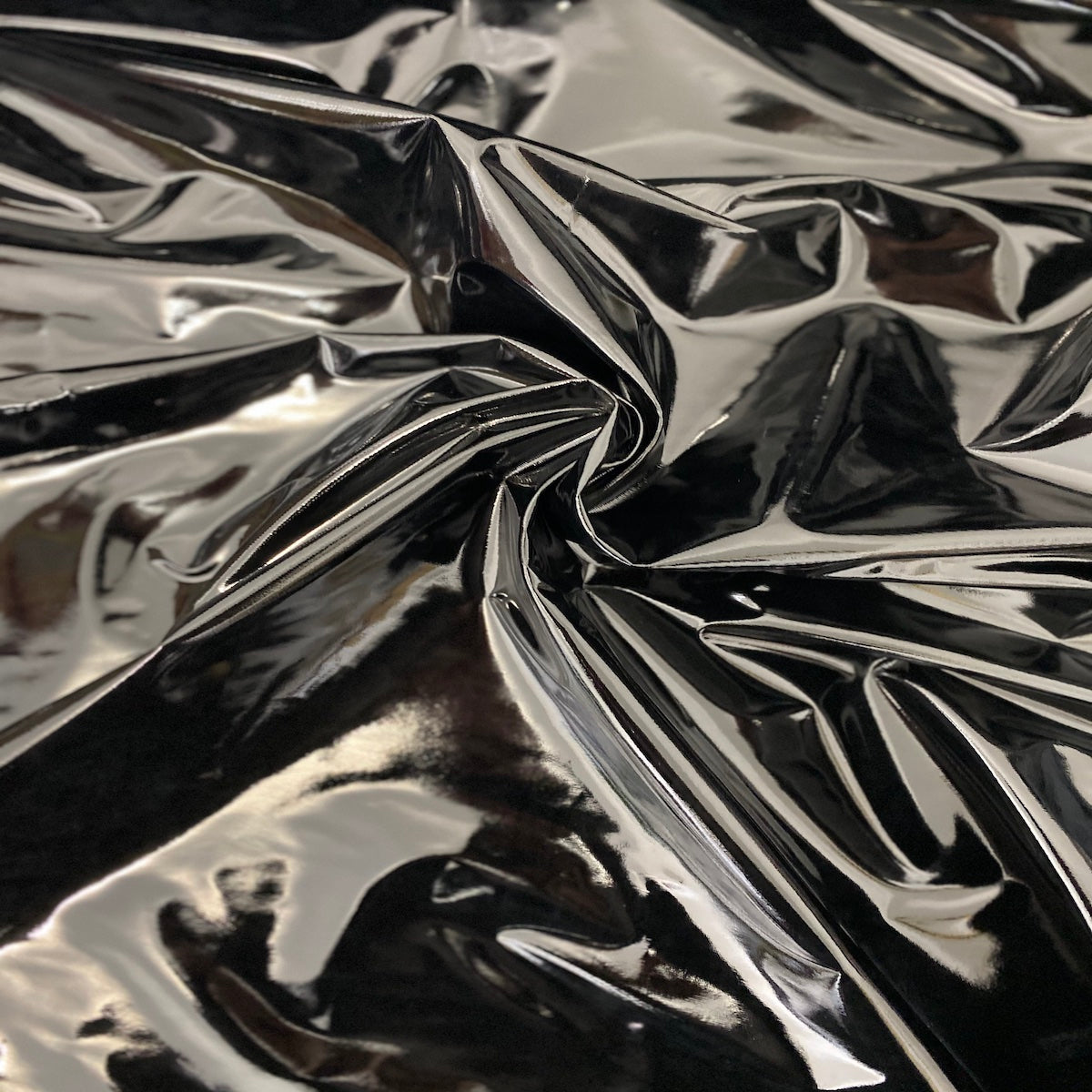
Illustrative image related to faux leather vinyl fabric
Summary Table of Material Properties
| Materiaal | Typical Use Case for faux leather vinyl fabric | Key Advantage | Key Disadvantage/Limitation | Relative Cost (Low/Med/High) |
|---|---|---|---|---|
| Polyurethane (PU) | Furniture upholstery, fashion accessories | Eco-friendly and breathable | Higher cost and less water-resistant | Hoog |
| Polyvinyl Chloride (PVC) | Automotive interiors, outdoor furniture | Cost-effective and waterproof | Less breathable and environmentally harmful | Low |
| Recycled Leather | High-end upholstery, eco-friendly fashion items | Sustainable and unique aesthetic | Complex manufacturing and variable quality | Medium |
This strategic material selection guide provides insights into the various options available for faux leather vinyl fabric, enabling international B2B buyers to make informed decisions based on their specific needs and market conditions.
In-depth Look: Manufacturing Processes and Quality Assurance for faux leather vinyl fabric
What Are the Main Stages in the Manufacturing Process of Faux Leather Vinyl Fabric?
The manufacturing process of faux leather vinyl fabric involves several critical stages that ensure the final product meets the required standards for quality, durability, and aesthetics.
1. Material Preparation
The first stage involves sourcing high-quality raw materials, primarily polyester and polyurethane or polyvinyl chloride (PVC). These materials are selected based on their properties, such as durability, water resistance, and ease of cleaning. The polyester base provides strength, while the coatings of polyurethane or PVC give the fabric its leather-like appearance.
Once the materials are sourced, they undergo a pre-treatment process, which may include cleaning and conditioning to remove impurities. This step is essential to ensure that the final product has a uniform texture and color.
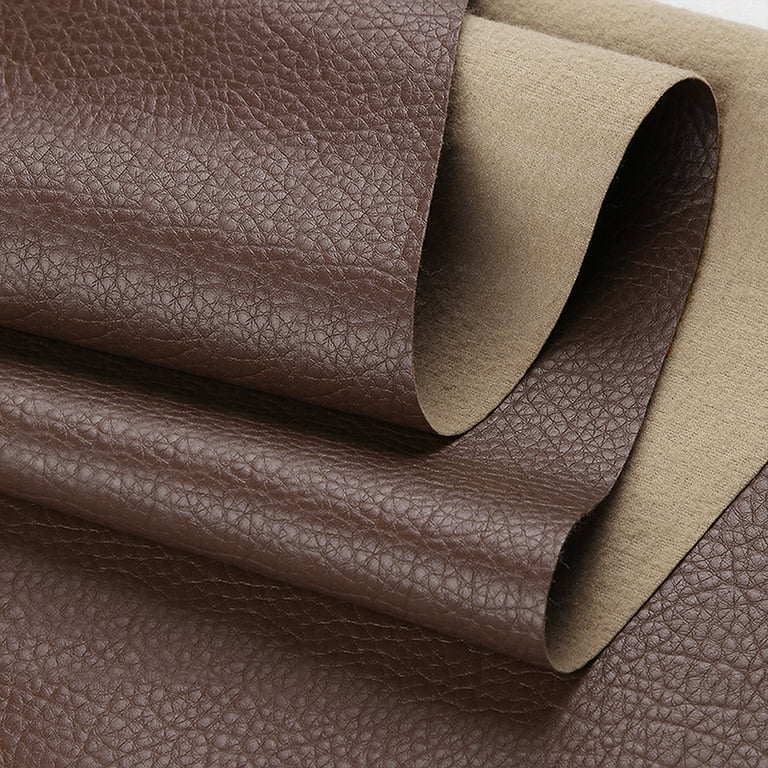
Illustrative image related to faux leather vinyl fabric
2. Forming
During the forming stage, the prepared materials are coated. For polyurethane faux leather, a polymer solution is applied to the fabric base, creating a soft, breathable finish. In contrast, PVC leather involves a more complex process where melted vinyl is combined with plasticizers to create a robust and waterproof layer.
This stage may involve techniques such as calendering, where the coated fabric is passed through rollers to achieve the desired thickness and smoothness. The formation process is crucial as it determines the fabric’s flexibility, texture, and overall quality.
3. Assembly
After forming, the faux leather is cut into the desired shapes and sizes for various applications, ranging from upholstery to automotive interiors. This stage may also include additional processes such as embossing or printing, where patterns or textures are added to enhance the aesthetic appeal of the fabric.
Quality control is integral during assembly, as defects can arise from improper cutting or handling. Manufacturers often employ automated cutting machines to ensure precision and minimize waste.
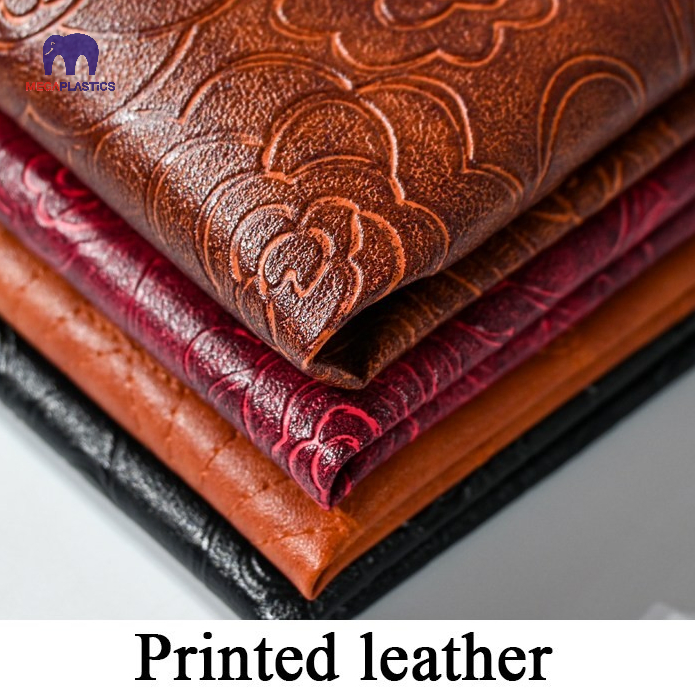
Illustrative image related to faux leather vinyl fabric
4. Finishing
The finishing stage involves applying additional treatments to enhance the durability and appearance of the faux leather. This may include treatments for water resistance, UV protection, or antibacterial properties. The fabric is then subjected to heat-setting, which helps to stabilize the material and improve its resistance to wear and tear.
Quality checks are performed at this stage to ensure that the fabric meets the required specifications, including color fastness, texture, and overall appearance.
What Quality Control Measures Are Commonly Used in Faux Leather Manufacturing?
Quality assurance is paramount in the manufacturing of faux leather vinyl fabric, particularly for B2B buyers who require consistent quality and reliability.
Relevant International Standards for Quality Assurance
Manufacturers of faux leather often adhere to international quality standards such as ISO 9001, which outlines requirements for a quality management system. Compliance with this standard signifies that the manufacturer has established a systematic approach to managing quality, which is essential for fostering customer satisfaction.
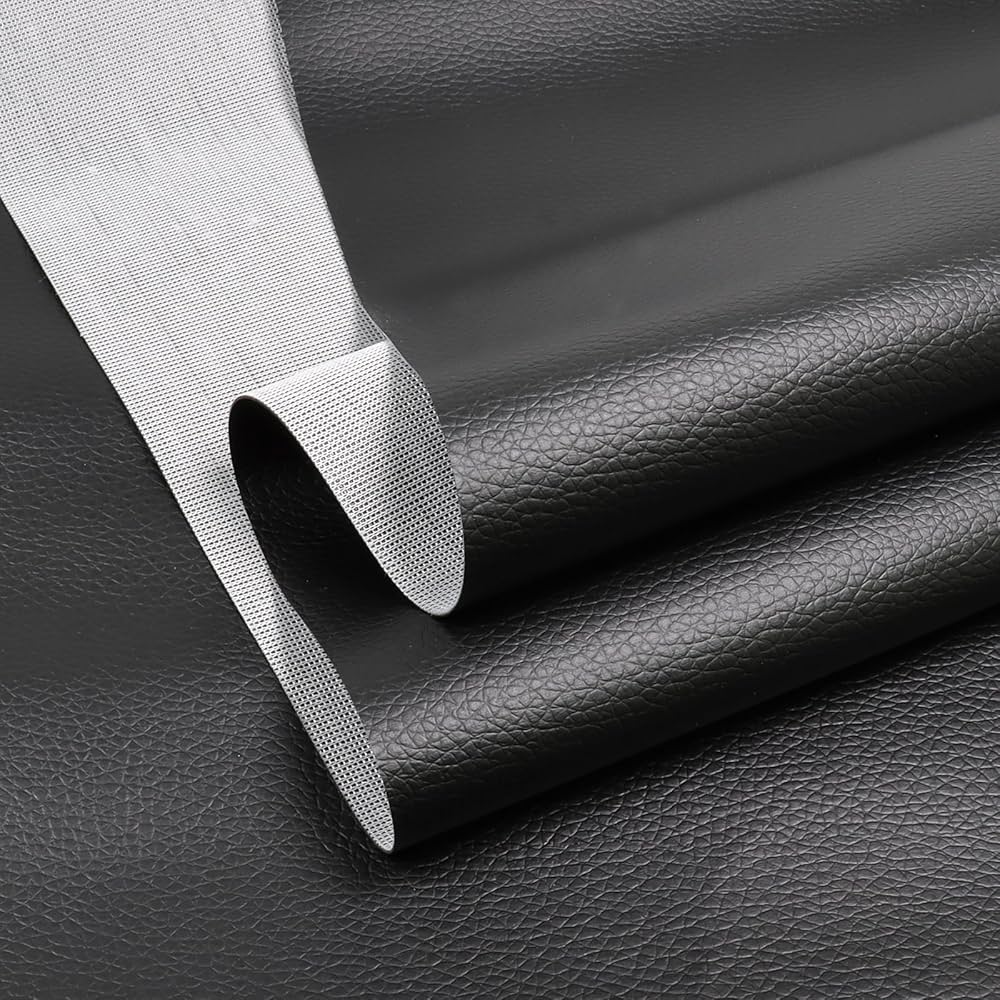
Illustrative image related to faux leather vinyl fabric
In addition to ISO 9001, industry-specific certifications like CE marking and API standards may be relevant, especially for manufacturers supplying to the automotive or medical sectors. CE marking indicates compliance with European health, safety, and environmental protection standards, while API standards are crucial for materials used in the oil and gas industry.
Key Quality Control Checkpoints
Quality control in faux leather manufacturing typically involves several key checkpoints:
-
Incoming Quality Control (IQC): This initial checkpoint assesses the quality of raw materials upon arrival at the manufacturing facility. Inspections may include verifying material specifications, conducting visual checks, and performing tests for physical properties.
-
In-Process Quality Control (IPQC): During production, quality checks are conducted at various stages, including material preparation, forming, and assembly. This ensures that any deviations from quality standards are identified and corrected promptly.
-
Final Quality Control (FQC): Before the faux leather is packaged and shipped, a thorough inspection is performed to verify that the final product meets all specifications. This includes testing for color fastness, strength, and overall appearance.
How Can B2B Buyers Verify Supplier Quality Control Processes?
For international B2B buyers, verifying the quality control processes of suppliers is essential to ensure product reliability and consistency.
Conducting Supplier Audits
One of the most effective ways to assess a supplier’s quality control practices is through on-site audits. During an audit, buyers can evaluate the manufacturing processes, quality control measures, and overall operational efficiency. This firsthand assessment provides valuable insights into the supplier’s commitment to quality and compliance with international standards.
Reviewing Quality Control Reports
Suppliers should provide detailed quality control reports that outline their testing methods, results, and compliance with relevant standards. Buyers should request these reports regularly to stay informed about the quality of the products they are purchasing. A transparent supplier will readily share this information, demonstrating their commitment to quality assurance.
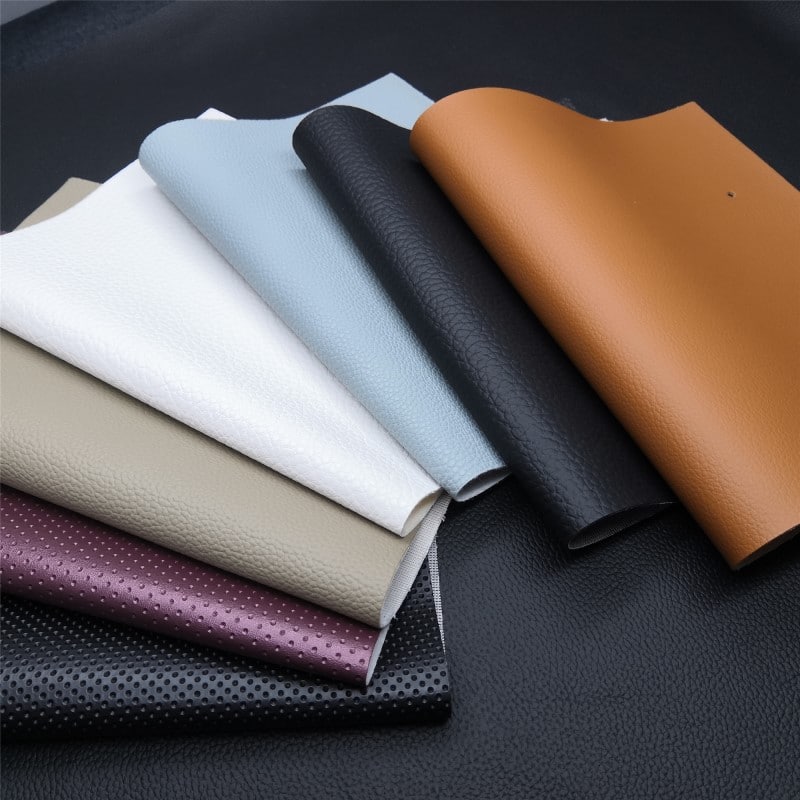
Illustrative image related to faux leather vinyl fabric
Engaging Third-Party Inspection Services
For buyers who may not have the resources to conduct audits or evaluate quality control processes directly, engaging third-party inspection services can be a viable option. These independent entities specialize in quality assessments and can provide an unbiased evaluation of the supplier’s practices. Third-party inspections can cover various aspects, including material quality, production processes, and final product inspections.
What Are the Quality Control Nuances for International B2B Buyers?
International B2B buyers, particularly from regions like Africa, South America, the Middle East, and Europe, should be aware of certain nuances in quality control that may affect their purchasing decisions.
Regional Standards and Compliance
Different regions may have varying standards and regulations regarding materials used in manufacturing. Buyers must ensure that their suppliers are compliant with local regulations, which may differ significantly from international standards. Understanding these regional requirements is crucial for avoiding potential legal issues and ensuring product acceptance in the target market.
Cultural Considerations in Quality Expectations
Cultural differences can also influence perceptions of quality. Buyers from different regions may have varying expectations regarding product performance, aesthetics, and durability. Open communication with suppliers about these expectations can help ensure that the final product aligns with the buyer’s needs.
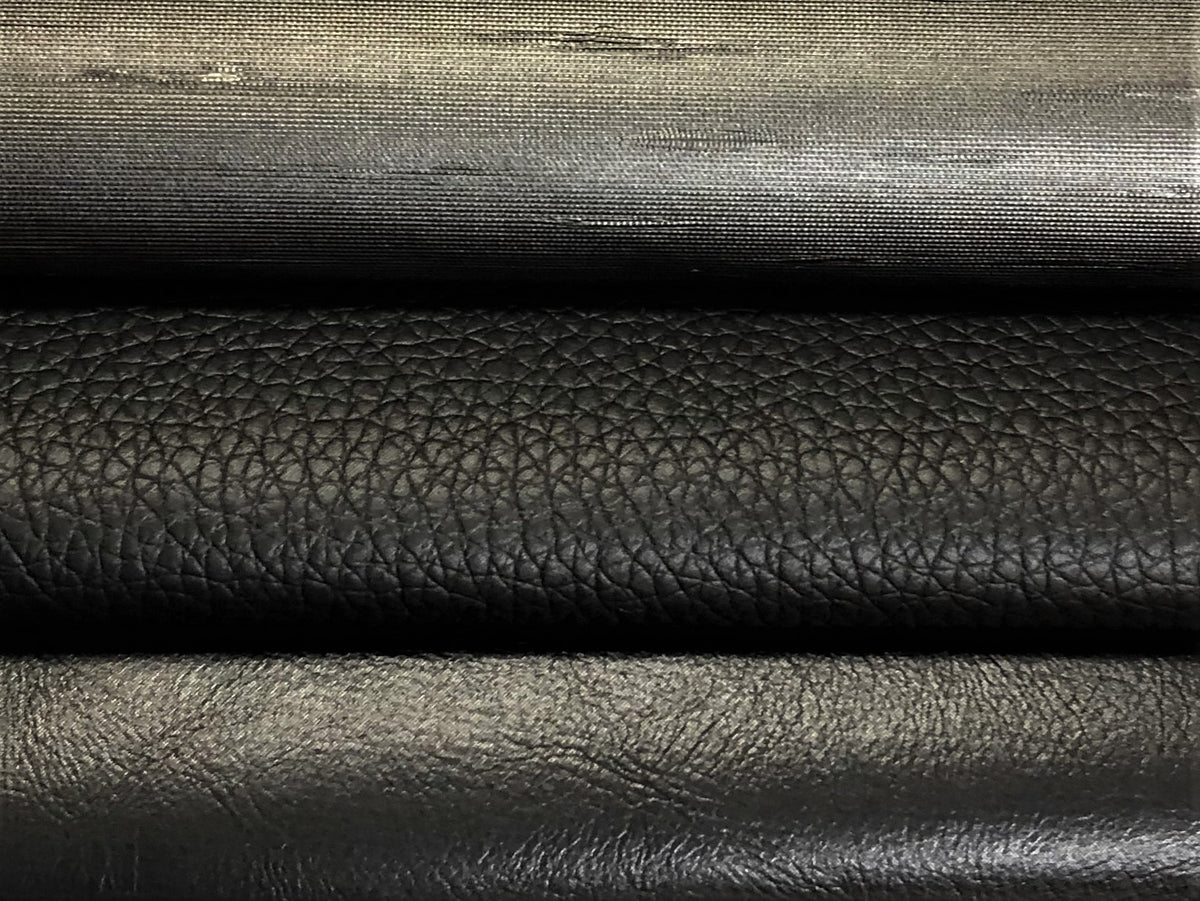
Illustrative image related to faux leather vinyl fabric
Supply Chain Reliability and Logistics
Quality control doesn’t end with manufacturing; it extends to logistics and supply chain management. B2B buyers should assess their suppliers’ capabilities in terms of timely delivery, packaging, and handling to prevent damage during transit. Establishing clear communication channels and regular updates can help mitigate risks associated with logistics.
Conclusion
The manufacturing processes and quality assurance practices for faux leather vinyl fabric play a critical role in ensuring that the final product meets the needs of B2B buyers. By understanding the manufacturing stages, quality control measures, and how to verify supplier practices, buyers can make informed decisions and build successful partnerships with their suppliers. As the demand for faux leather continues to grow, maintaining high standards in manufacturing and quality assurance will be essential for meeting the evolving needs of the global market.
Practical Sourcing Guide: A Step-by-Step Checklist for ‘faux leather vinyl fabric’
Inleiding
This practical sourcing guide serves as a step-by-step checklist for B2B buyers looking to procure faux leather vinyl fabric. With the rising demand for sustainable and cost-effective materials, understanding the nuances of sourcing faux leather is essential for making informed purchasing decisions. This checklist aims to streamline your procurement process, ensuring that you select the right materials and suppliers for your business needs.
Step 1: Define Your Technical Specifications
Before initiating your search for faux leather vinyl fabric, clearly outline your technical specifications. Consider factors such as material type (PU vs. PVC), thickness, durability, and application (e.g., upholstery, automotive, or fashion). This step is crucial as it ensures that the fabric meets your product requirements and performance expectations.
- Material Type: Identify whether you need polyurethane (PU) or polyvinyl chloride (PVC) based on environmental considerations and intended use.
- Application Requirements: Specify if the fabric needs to be waterproof, stain-resistant, or breathable, depending on the end use.
Step 2: Research Potential Suppliers
Conduct thorough research to identify potential suppliers who specialize in faux leather vinyl fabric. Utilize online marketplaces, trade directories, and industry-specific forums to gather a list of candidates. This step is vital for creating a robust supplier pool from which to choose.
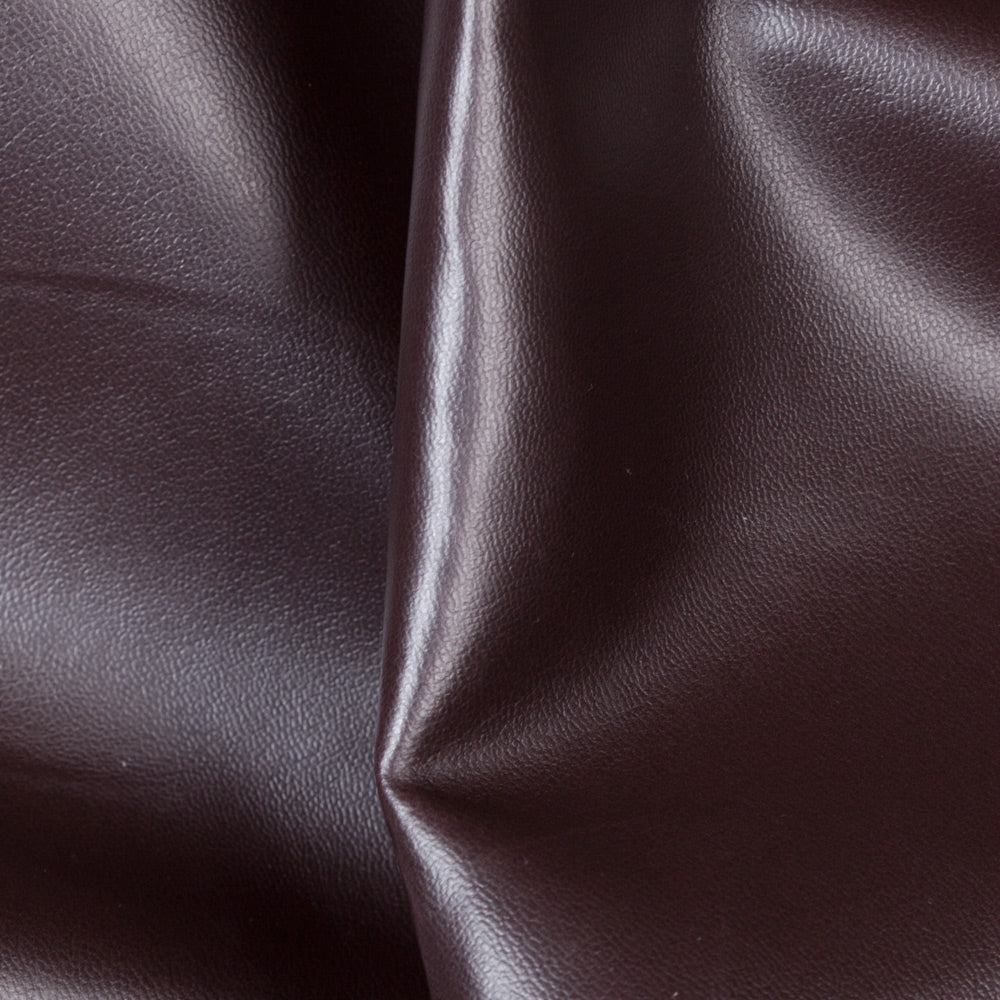
Illustrative image related to faux leather vinyl fabric
- Supplier Reputation: Look for suppliers with positive reviews and testimonials to gauge reliability and quality.
- Geographical Considerations: Consider suppliers from regions with established manufacturing capabilities and logistics efficiency, such as Asia or Europe.
Step 3: Evaluate Supplier Certifications
Before proceeding with any supplier, verify their certifications and compliance with international standards. This includes checking for certifications related to environmental sustainability, safety, and quality management. Ensuring that your suppliers meet these standards is critical for maintaining your brand’s reputation.
- Sustainability Certifications: Look for certifications like OEKO-TEX or GOTS if sustainability is a priority for your business.
- Quality Management: ISO 9001 certification can indicate a commitment to quality and consistency in production.
Step 4: Request Samples
Always request samples of the faux leather vinyl fabric before making a bulk order. This allows you to assess the material’s texture, color accuracy, and overall quality firsthand. Evaluating samples is a crucial step to ensure the product aligns with your expectations and requirements.
- Test Durability: Check for resistance to wear and tear, especially if the fabric will be used in high-traffic areas.
- Color Matching: Ensure the sample matches your desired color palette and design specifications.
Step 5: Negotiate Terms and Pricing
Once you have selected a supplier, engage in negotiations regarding pricing, minimum order quantities, and delivery timelines. Establishing clear terms upfront can prevent misunderstandings and foster a strong business relationship.
- Bulk Discounts: Inquire about pricing breaks for larger orders, which can significantly reduce costs.
- Delivery Timelines: Clarify lead times and shipping methods to avoid delays in production.
Step 6: Finalize the Purchase Agreement
Before placing your order, ensure that all terms and conditions are documented in a purchase agreement. This agreement should cover payment terms, delivery schedules, and return policies. A well-defined contract protects both parties and clarifies expectations.
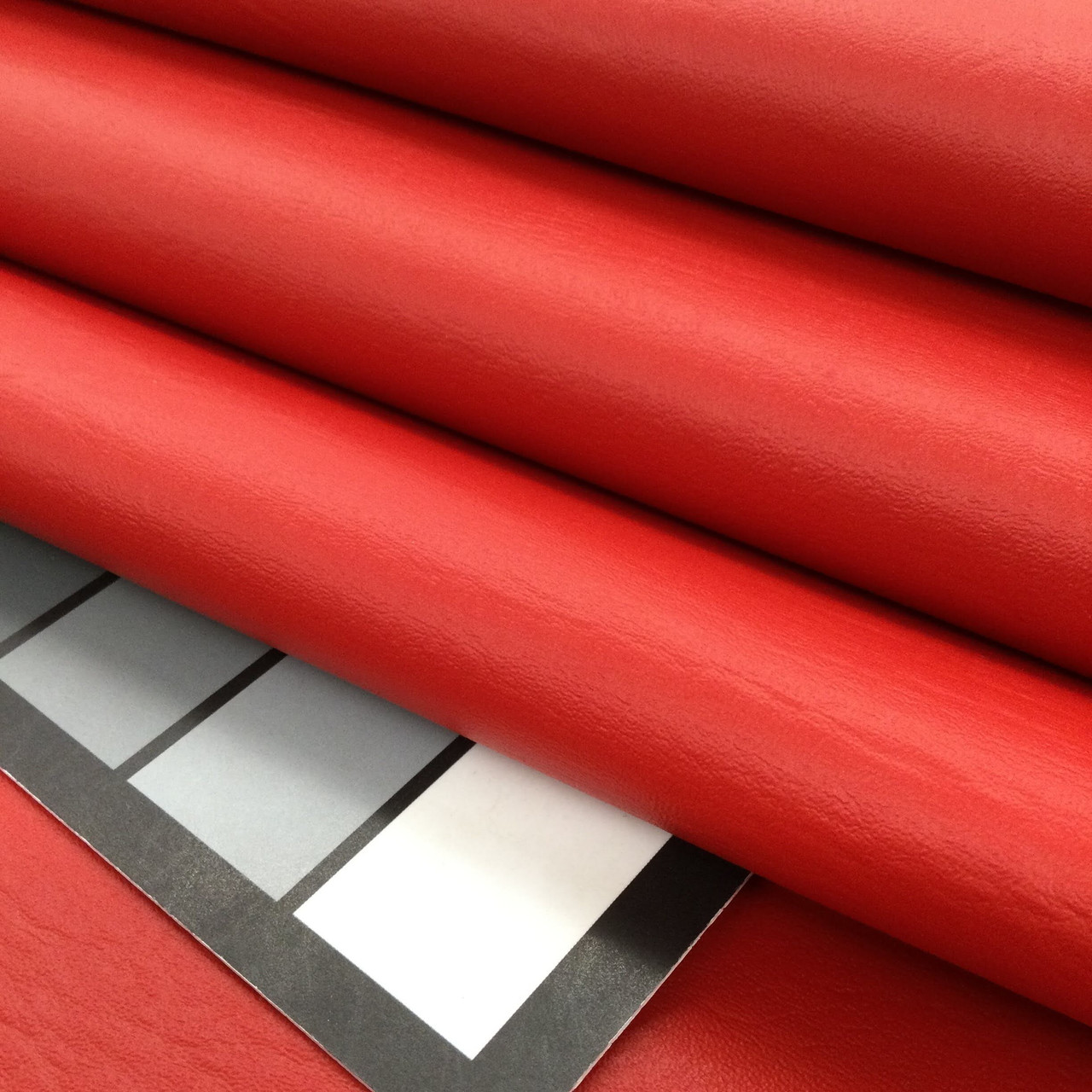
Illustrative image related to faux leather vinyl fabric
- Payment Terms: Decide whether you prefer upfront payment, net 30, or other arrangements.
- Return Policy: Confirm the supplier’s policy on defective or unsatisfactory products to safeguard your investment.
Step 7: Plan for Quality Control
Implement a quality control plan to monitor the faux leather during production and upon delivery. Regular inspections will help ensure that the fabric meets your specifications and quality standards.
- Inspection Criteria: Define what constitutes acceptable quality, including color consistency and material integrity.
- Feedback Loop: Establish a communication channel with your supplier for addressing any quality issues promptly.
By following this checklist, B2B buyers can effectively navigate the sourcing process for faux leather vinyl fabric, ensuring a successful procurement that meets their business needs.
Comprehensive Cost and Pricing Analysis for faux leather vinyl fabric Sourcing
What Are the Key Cost Components in Sourcing Faux Leather Vinyl Fabric?
Understanding the cost structure of faux leather vinyl fabric is crucial for international B2B buyers. The primary cost components include:
-
Materials: The cost of raw materials significantly impacts pricing. Faux leather is typically made from polyurethane (PU) or polyvinyl chloride (PVC), with PU generally being more expensive due to its eco-friendliness and superior quality.
-
Labor: Labor costs vary by region and the complexity of the manufacturing process. Skilled labor is essential for producing high-quality faux leather, particularly when intricate designs or specialized finishes are required.
-
Manufacturing Overhead: This encompasses costs related to utilities, equipment maintenance, and facility expenses. High manufacturing overhead can lead to increased prices, particularly in regions with higher operational costs.
-
Tooling: Custom tooling for specific designs or patterns adds to the initial investment. Buyers should consider whether they require bespoke tooling or can work with standard designs to manage costs effectively.
-
Quality Control (QC): Rigorous QC processes ensure that the final product meets specified standards. The costs associated with QC can vary depending on the complexity of the quality checks and the materials used.
-
Logistics: Shipping costs can vary widely based on distance, mode of transport, and the volume of the order. Incoterms also influence the total cost, as they define responsibilities for shipping, insurance, and tariffs.
-
Margin: Suppliers typically add a margin to cover their costs and profit. This can vary based on market conditions and the supplier’s position within the supply chain.
How Do Price Influencers Affect Faux Leather Vinyl Fabric Sourcing?
Several factors can influence the pricing of faux leather vinyl fabric:
-
Volume and Minimum Order Quantity (MOQ): Larger orders often lead to lower per-unit costs due to economies of scale. Buyers should negotiate MOQs to optimize pricing.
-
Specifications and Customization: Custom specifications, such as unique textures, colors, or patterns, can increase production costs. Buyers should weigh the benefits of customization against potential price increases.
-
Materials and Quality Certifications: The choice between PU and PVC, along with certifications for eco-friendliness or fire resistance, can significantly impact pricing. Products with higher certifications may command a premium.
-
Supplier Factors: The reputation and reliability of suppliers can affect pricing. Established suppliers may charge more due to their proven quality and service, while new entrants might offer lower prices to gain market share.
-
Incoterms: The chosen Incoterms can have a substantial effect on the final cost. Understanding whether costs for shipping, insurance, and duties are included or additional is critical for budgeting.
What Are Essential Tips for Negotiating Faux Leather Vinyl Fabric Prices?
For international B2B buyers, particularly those from Africa, South America, the Middle East, and Europe, here are several actionable tips for negotiating costs effectively:
-
Understand Total Cost of Ownership (TCO): Beyond the initial purchase price, consider long-term costs such as maintenance, durability, and replacement. A slightly higher upfront cost for a more durable product may result in lower overall expenses.
-
Leverage Relationships: Building strong relationships with suppliers can lead to better pricing and terms. Frequent communication and trust can yield more favorable negotiation outcomes.
-
Be Aware of Pricing Nuances: Understand the market dynamics in your region. Prices may vary significantly based on local demand, currency fluctuations, and political stability.
-
Request Multiple Quotes: Obtaining quotes from various suppliers can provide leverage during negotiations and help identify competitive pricing.
-
Consider Timing: Prices can fluctuate based on seasonal demand or economic conditions. Timing your purchase can be a strategic advantage in securing the best rates.
In conclusion, sourcing faux leather vinyl fabric requires a thorough understanding of the cost structure and pricing influencers. By implementing strategic negotiation tactics and being aware of the total cost of ownership, B2B buyers can achieve significant savings while ensuring product quality.
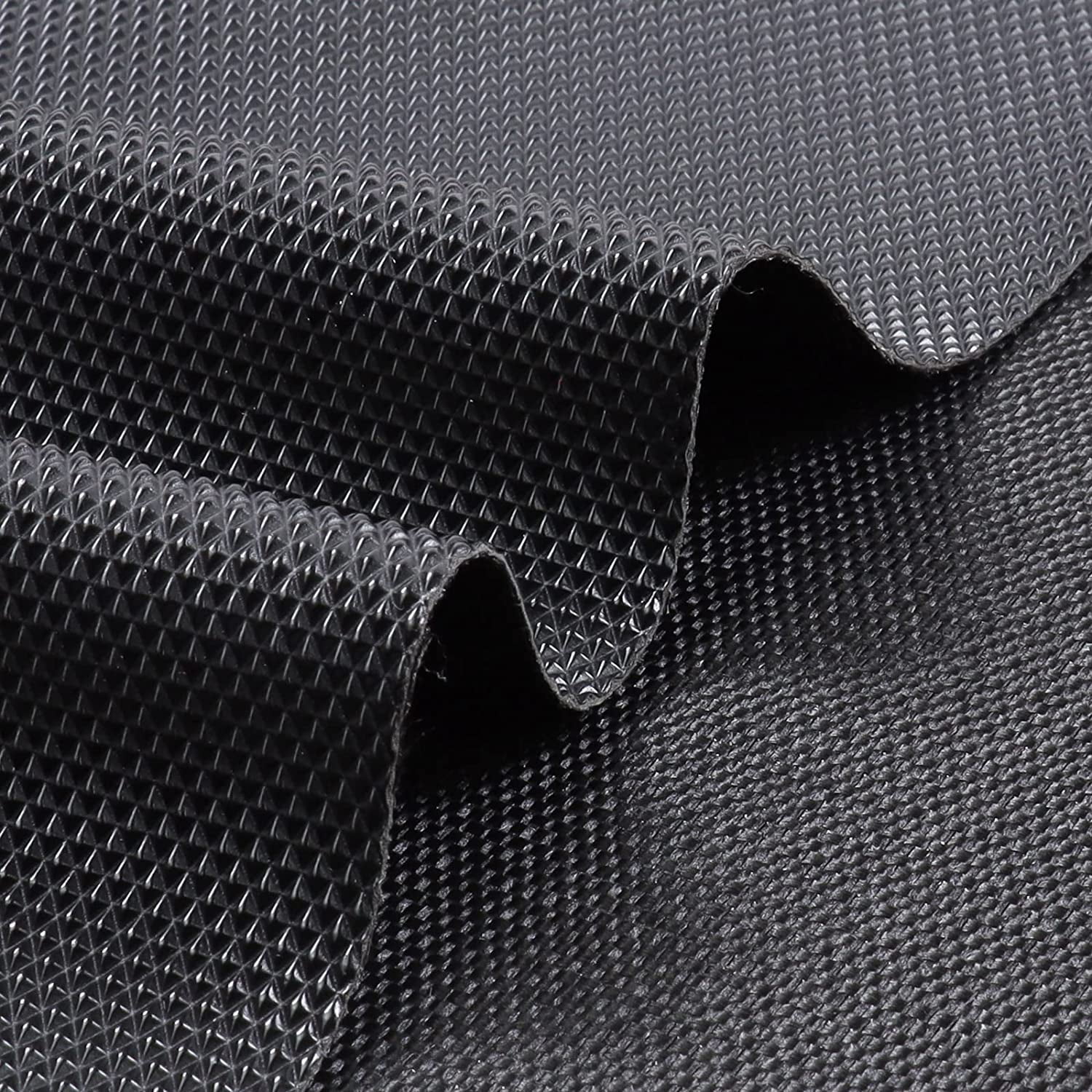
Illustrative image related to faux leather vinyl fabric
Alternatives Analysis: Comparing faux leather vinyl fabric With Other Solutions
Introduction: Exploring Alternatives to Faux Leather Vinyl Fabric
When considering materials for upholstery and other applications, faux leather vinyl fabric stands out as a popular choice. However, various alternatives are available, each with unique advantages and disadvantages. This section will explore how faux leather vinyl fabric compares to other viable solutions, helping B2B buyers make informed decisions based on their specific needs and market demands.
Comparison Table
| Comparison Aspect | Faux Leather Vinyl Fabric | Genuine Leather | Fabric Upholstery (Natural Fibers) |
|---|---|---|---|
| Performance | Water-resistant, durable, easy to clean | Highly durable, breathes well | Varies by fiber, generally less durable than leather |
| Cost | Generally lower cost than leather | Higher cost due to sourcing and processing | Moderate cost, varies by material |
| Ease of Implementation | Easy to work with, available in various designs | Requires specialized skills for crafting | Simple to work with, but may require more care |
| Maintenance | Low maintenance, easy to clean | Requires regular conditioning | Requires regular cleaning and care |
| Best Use Case | Ideal for budget-conscious projects needing durability | High-end applications, luxury furniture | Casual settings, eco-friendly products |
Detailed Breakdown of Alternatives
Genuine Leather
Genuine leather is a traditional alternative to faux leather vinyl fabric, known for its durability and luxurious feel. It performs exceptionally well in terms of breathability and aesthetics, making it a preferred choice for high-end products. However, the cost is significantly higher due to the sourcing of animal hides and the complex tanning process involved in its production. Additionally, genuine leather requires regular maintenance, such as conditioning to prevent cracking and drying. For B2B buyers targeting luxury markets, genuine leather may be the right choice, but it comes with ethical considerations and a higher price point.
Fabric Upholstery (Natural Fibers)
Natural fiber upholstery, including cotton, linen, and wool, offers a sustainable alternative to faux leather. This option is often perceived as more environmentally friendly, appealing to a growing segment of eco-conscious consumers. Natural fabrics can provide a soft and breathable alternative, although their durability may not match that of faux leather or genuine leather. Pricing can vary, but it tends to be moderate, making it accessible for a range of applications. However, maintenance can be more intensive, requiring regular cleaning and special care to keep the materials looking their best. B2B buyers focusing on sustainable products or casual settings may find natural fiber upholstery appealing.
Conclusion: How to Choose the Right Upholstery Solution
Selecting the appropriate upholstery solution involves assessing various factors, including performance, cost, ease of implementation, maintenance requirements, and the intended application. Faux leather vinyl fabric offers a versatile, budget-friendly option with low maintenance, making it suitable for many projects. Genuine leather, while luxurious and durable, comes with a higher cost and ethical considerations. Meanwhile, natural fiber upholstery presents a sustainable alternative, though it may require more care and attention. By evaluating these factors, B2B buyers can align their choice with their brand values, customer expectations, and project specifications, ensuring they select the most suitable material for their needs.
Essential Technical Properties and Trade Terminology for faux leather vinyl fabric
What are the Key Technical Properties of Faux Leather Vinyl Fabric?
Understanding the technical specifications of faux leather vinyl fabric is crucial for international B2B buyers. Here are some essential properties to consider:
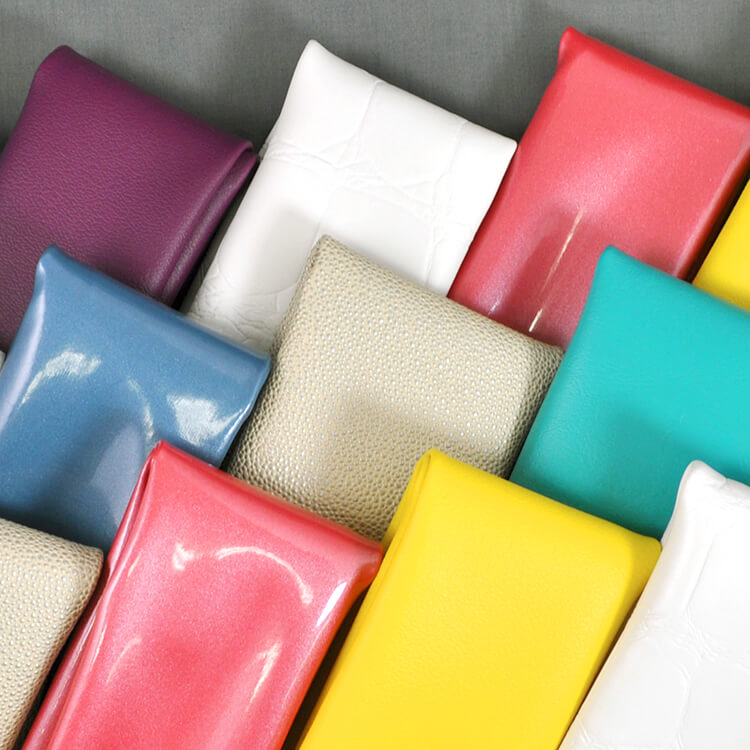
Illustrative image related to faux leather vinyl fabric
Material Grade
Material grade refers to the quality of the raw materials used in the production of faux leather. Grades can vary widely from low-quality PVC to high-end PU leather. Higher grades often exhibit better durability, softness, and aesthetic appeal, making them suitable for luxury applications. For buyers, selecting the appropriate material grade ensures that the final product meets customer expectations and industry standards.
Thickness
The thickness of faux leather, typically measured in millimeters or ounces, directly impacts its durability and application. Thicker materials are generally more robust and suitable for heavy-use environments, such as automotive and commercial upholstery. Conversely, thinner materials may be more appropriate for lightweight applications. Buyers should assess thickness in relation to the intended use to ensure optimal performance.
Abrasion Resistance
Abrasion resistance measures the fabric’s ability to withstand wear and tear. This property is vital for upholstery that will experience high traffic or frequent use. Fabrics are often tested using the Martindale or Taber test to determine their durability. A higher abrasion resistance rating indicates longer-lasting materials, making it essential for buyers to evaluate this specification to reduce future replacement costs.
Color Fastness
Color fastness indicates how well the fabric retains its color when exposed to sunlight, water, or friction. This property is particularly important for outdoor applications or items exposed to direct light, such as furniture and automotive interiors. Buyers should look for fabrics with high color fastness ratings to ensure longevity and aesthetic appeal over time.
Fire Retardancy
Fire retardancy is an essential property for faux leather used in commercial settings, especially in public spaces such as hotels and restaurants. Fabrics that meet specific fire safety standards help ensure compliance with local regulations and enhance safety for end-users. Buyers must inquire about certification and compliance with fire safety standards when sourcing faux leather.
What Common Trade Terminology Should B2B Buyers Know?
Familiarity with industry jargon can streamline communication and negotiations. Here are several key terms relevant to faux leather vinyl fabric:
OEM (Original Equipment Manufacturer)
OEM refers to companies that produce parts or products that may be marketed by another manufacturer. In the context of faux leather, an OEM might create custom designs for specific brands. Understanding OEM relationships helps buyers navigate supply chains and ensure product quality.
MOQ (Minimum Order Quantity)
MOQ indicates the minimum amount of product a supplier is willing to sell. This term is critical for buyers as it affects inventory management and cash flow. Knowing the MOQ helps companies plan their purchasing strategy effectively, especially when entering new markets.
RFQ (Request for Quotation)
An RFQ is a document sent to suppliers requesting pricing and terms for a specific quantity of goods. This process allows buyers to compare offers from multiple suppliers, ensuring competitive pricing and terms. A well-structured RFQ can lead to better negotiation outcomes and cost savings.
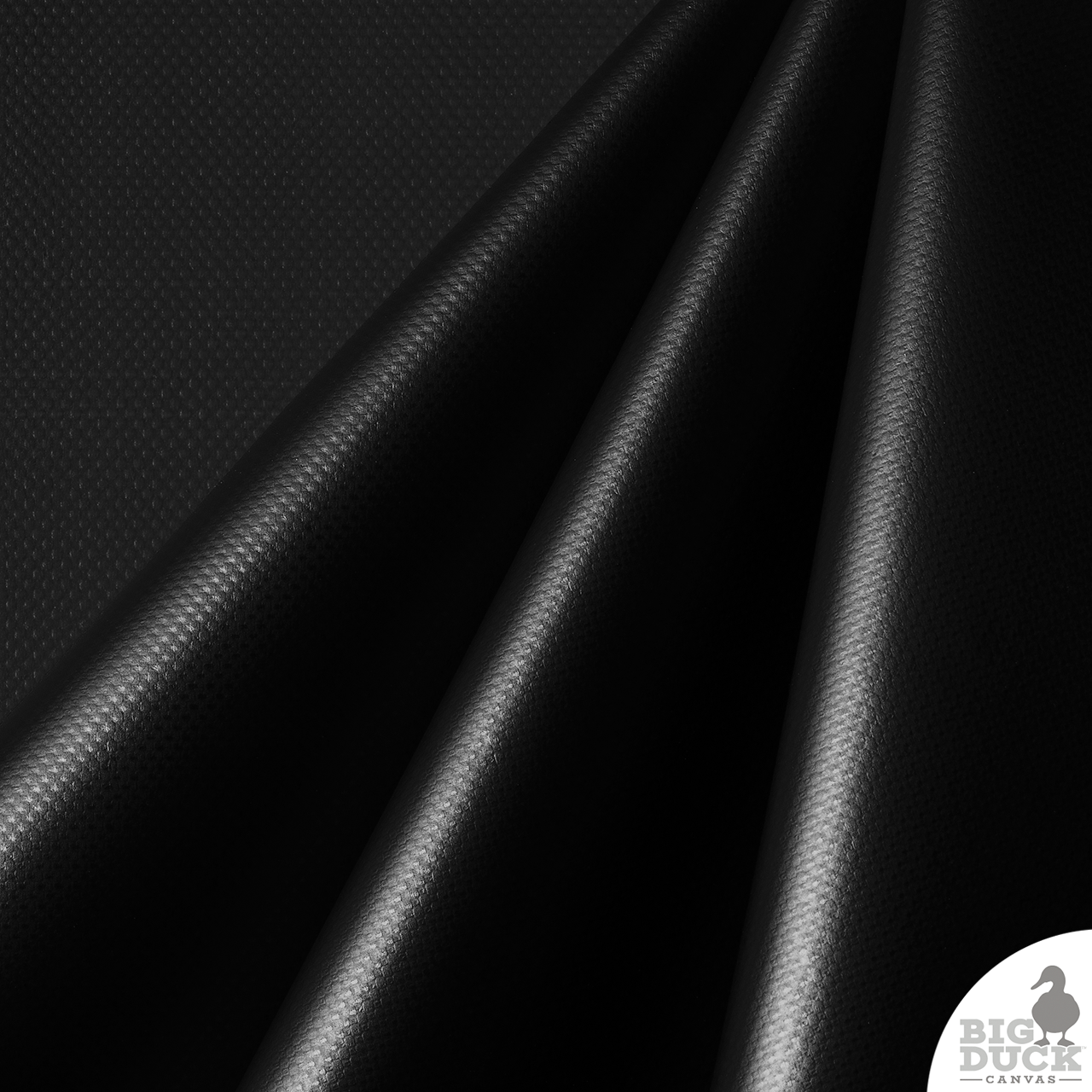
Illustrative image related to faux leather vinyl fabric
Incoterms (International Commercial Terms)
Incoterms are a set of international rules that define the responsibilities of sellers and buyers in international transactions. They cover aspects such as shipping, insurance, and tariffs. Familiarity with Incoterms helps buyers understand their liabilities and responsibilities throughout the shipping process, ensuring smoother transactions.
Lead Time
Lead time refers to the time taken from placing an order to receiving the product. Understanding lead times is vital for inventory planning and meeting customer demands. Buyers should consider lead times when negotiating contracts and managing supply chain expectations.
By grasping these technical properties and trade terms, B2B buyers can make more informed decisions, ensuring that their investments in faux leather vinyl fabric yield quality products that meet market demands.
Navigating Market Dynamics and Sourcing Trends in the faux leather vinyl fabric Sector
What Are the Current Market Dynamics and Key Trends in the Faux Leather Vinyl Fabric Sector?
The faux leather vinyl fabric market is experiencing significant growth, driven by rising consumer demand for ethical and sustainable alternatives to genuine leather. As global markets expand, particularly in Africa, South America, the Middle East, and Europe, international B2B buyers are increasingly looking for suppliers that can meet the dual demands of affordability and environmental responsibility. Key trends influencing this sector include the rise of e-commerce platforms facilitating direct sourcing, advances in manufacturing technologies that enhance product quality, and a growing focus on customization options to meet specific client needs.
Emerging technologies such as digital printing and automated cutting are reshaping how faux leather is produced, allowing for more intricate designs and faster turnaround times. This is particularly beneficial for buyers in regions like Saudi Arabia and Vietnam, where the demand for unique, locally-inspired designs is on the rise. Additionally, the integration of smart fabrics that incorporate features such as stain resistance and antibacterial properties is gaining traction, offering added value to B2B buyers looking for innovative solutions.
As competition increases, suppliers are also focusing on building robust online presence and digital marketing strategies to reach international buyers. This digital shift is crucial for businesses aiming to navigate market dynamics effectively, as it enables them to showcase their product range and capabilities to a wider audience.
How Is Sustainability and Ethical Sourcing Impacting B2B Buying Decisions in Faux Leather?
Sustainability and ethical sourcing have become paramount in the faux leather vinyl fabric sector, profoundly influencing B2B buying decisions. The environmental impact of traditional leather production is significant, prompting buyers to seek faux alternatives that minimize ecological footprints. Faux leather, particularly polyurethane (PU) varieties, is often perceived as a more sustainable option due to its lower carbon emissions during production and lack of animal-derived materials.
International buyers are increasingly prioritizing suppliers who adhere to ethical supply chain practices. This includes transparency in sourcing materials and the implementation of fair labor practices. Certifications such as Global Organic Textile Standard (GOTS) and Oeko-Tex Standard 100 are becoming essential for suppliers to demonstrate their commitment to sustainability. Such certifications assure buyers that the products meet stringent environmental and safety criteria, further driving the demand for eco-friendly faux leather options.
Moreover, the rising awareness of climate change and resource conservation is prompting companies to adopt circular economy principles. This includes using recycled materials in the production of faux leather, which not only reduces waste but also appeals to environmentally conscious consumers. B2B buyers who prioritize sustainability in their sourcing strategies will likely gain a competitive edge in their respective markets.
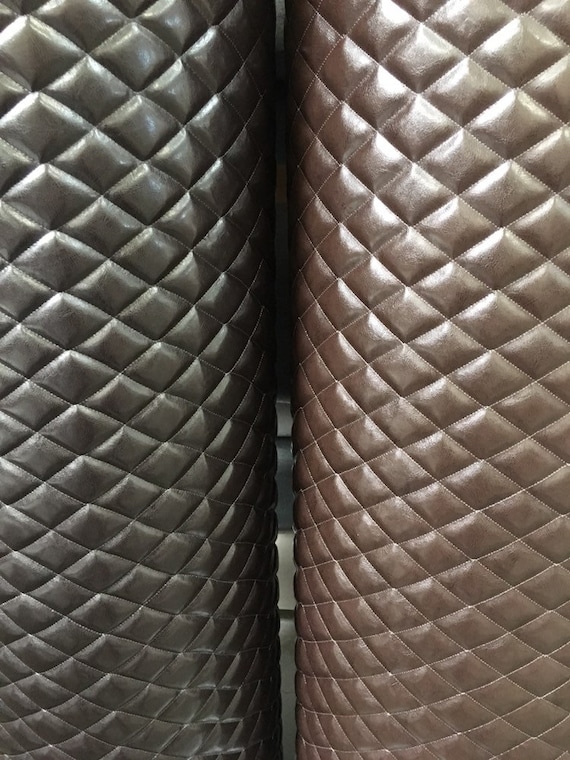
Illustrative image related to faux leather vinyl fabric
What Is the Historical Context of Faux Leather Development Relevant to B2B Buyers?
The evolution of faux leather can be traced back to the early 20th century when the first synthetic alternatives to natural leather were developed. Initially, these materials were primarily made from nitrocellulose and later evolved into more sophisticated compounds like polyvinyl chloride (PVC) and polyurethane (PU). Over the decades, advancements in technology have significantly improved the quality and versatility of faux leather, making it a viable option for a wide range of applications, from upholstery to automotive interiors.
In recent years, the focus has shifted towards creating more sustainable and ethically produced faux leather alternatives, responding to the growing consumer demand for environmentally friendly products. This historical evolution is critical for B2B buyers, as it underscores the importance of partnering with manufacturers who are not only aware of these trends but are also proactive in incorporating sustainable practices into their production processes.
Understanding the historical context of faux leather development enables B2B buyers to appreciate the innovations that have shaped the market and to make informed decisions when selecting suppliers who align with their values and business objectives.
Frequently Asked Questions (FAQs) for B2B Buyers of faux leather vinyl fabric
-
How do I choose the right faux leather vinyl fabric for my project?
Choosing the right faux leather vinyl fabric depends on the specific application and desired characteristics. Consider factors such as durability, ease of maintenance, and aesthetic appeal. For commercial applications, opt for high-performance fabrics that are stain-resistant and easy to clean. If you need upholstery for a luxury setting, look for premium PU leather, which offers a softer feel and better breathability. Always request samples to assess the fabric’s texture and color before making bulk orders. -
What are the key differences between PU and PVC faux leather?
PU (polyurethane) and PVC (polyvinyl chloride) are the two main types of faux leather. PU is generally considered more eco-friendly, softer, and breathable, making it ideal for high-end upholstery. In contrast, PVC is more waterproof and durable, often used in automotive and outdoor applications. However, PVC can release harmful toxins during production, raising environmental concerns. Evaluating the intended use and environmental impact will help you choose the right material for your needs. -
What is the minimum order quantity (MOQ) for faux leather vinyl fabric?
The MOQ for faux leather vinyl fabric can vary significantly based on the supplier and the specific fabric type. Generally, it ranges from 50 to 500 yards. For custom designs or specific colors, suppliers may impose higher MOQs. It’s crucial to communicate your requirements with potential suppliers early in the negotiation process to avoid misunderstandings and ensure your project stays within budget. -
How do I vet suppliers of faux leather vinyl fabric?
To effectively vet suppliers, check their industry reputation through reviews and testimonials from previous clients. Request certifications to verify compliance with international quality standards, such as ISO or OEKO-TEX. Conduct background checks on their manufacturing processes, including sustainability practices. Additionally, consider visiting their facilities or scheduling virtual tours to assess their production capabilities and quality control measures. -
What payment terms should I expect when sourcing faux leather vinyl fabric?
Payment terms can vary widely among suppliers. Common practices include a 30% deposit upon order confirmation and the remaining 70% before shipment. Some suppliers may offer flexible terms, including letters of credit or installment payments for larger orders. Always clarify payment methods accepted (e.g., wire transfer, credit card) and ensure that terms are documented in the purchase agreement to avoid disputes. -
What quality assurance measures should I implement when sourcing faux leather?
Quality assurance is critical in ensuring the faux leather meets your specifications. Establish clear quality standards in your contract, including fabric weight, color consistency, and durability tests. Request third-party testing for compliance with safety and environmental regulations. Conduct pre-shipment inspections to verify that the products match the agreed-upon specifications and to address any issues before they reach your location. -
What logistics considerations should I keep in mind when importing faux leather vinyl fabric?
When importing faux leather, consider shipping costs, delivery timelines, and potential customs duties. Select a reliable freight forwarder who understands the regulations in your destination country. Ensure that all necessary documentation, such as invoices, packing lists, and certificates of origin, are prepared to facilitate smooth customs clearance. Also, factor in storage solutions upon arrival to manage inventory effectively. -
Can I customize the design and color of faux leather vinyl fabric?
Yes, many suppliers offer customization options for faux leather vinyl fabric, including colors, textures, and patterns. This allows you to create unique products that align with your brand identity. However, keep in mind that custom orders may require higher MOQs and longer lead times. Discuss your design specifications with suppliers to ensure they can meet your requirements and provide samples for approval before full production.
Top 6 Faux Leather Vinyl Fabric Manufacturers & Suppliers List
1. Kovi Fabrics – Faux Leather Solutions
Domain: kovifabrics.com
Registered: 2010 (15 years)
Introduction: Faux leather fabric is an alternative to genuine leather, made from synthetic materials like polyester, polyurethane (PU), and polyvinyl chloride (PVC). It is soft, easy to clean, water-resistant, and stain-resistant. There are two main types: PVC leather, which is waterproof and non-porous but less sustainable, and PU leather, which is more eco-friendly, softer, and breathable. Faux leather is cr…
2. Folio Fabrics – Vinyl & Faux Leather Upholstery
Domain: foliofabrics.com
Registered: 2013 (12 years)
Introduction: Shop Vinyl & Faux Leather For Upholstery By The Yard – Folio Fabrics. Key features include: 4-Way Stretch, Ink Resistant, Bacteria & Mildew Resistant, Performance, Breathable, Pet Friendly, Eco-Friendly, Stain Resistant, Fade Resistant, Weather Resistant. Applications include Upholstery, Home Contract, Outdoor, Marine, Auto, Healthcare. Patterns available: Exotics, Distressed, Pebbled, Metallic, L…
3. Decorative Fabrics Direct – PU Leather & Faux Leather
Domain: decorativefabricsdirect.com
Registered: 2004 (21 years)
Introduction: PU Leather & Faux Leather | Vinyl Upholstery Fabric, Free Shipping Coupon Code: SHIPFREE for Most $199 Orders, Available in various colors including Black, Gray, Blue, Turquoise, Aqua, Brown, Beige, Green, Orange, Coral, Purple, Red, Pink, White, Yellow, Gold. Suitable for Furniture, Automotive, Marine use. Brands include Naugahyde, Omnova Boltaflex, Nassimi, Spradling. Types include Vinyl (PVC), …
4. Big Z – Faux Leather vs Vinyl: Key Differences
Domain: blog.bigzfabric.com
Registered: 2010 (15 years)
Introduction: Faux Leather vs Vinyl: Key Differences, Pros, and Best Use Case.
Material Composition:
– Faux Leather: Composite material, typically made of a fabric base (polyester, cotton) coated with polyurethane (PU) or polyvinyl chloride (PVC).
– Vinyl: Purely synthetic plastic material made from ethylene and chlorine.
Durability and Maintenance:
– Vinyl: More durable, resistant to scratches, tears, a…
5. Fabric Warehouse – Faux Leather Upholstery Fabric
Domain: fabricwarehouse.com
Registered: 1996 (29 years)
Introduction: Faux Leather Upholstery Fabric available by the yard. Common names include faux leather, pleather, vegan leather, synthetic leather, and simulated leather. Patterns available include ostrich, peacock, snake, crocodile, alligator, and cow. Fabric width is 54 inches. Ideal for upholstery due to durability. Suitable for stools, benches, and armchairs. Marine vinyl fabric also available for boat resto…
6. Fabric Mill – Faux Leather & Vinyl Fabrics
Domain: fabricmill.com
Registered: 1997 (28 years)
Introduction: Faux leather and vinyl fabrics offer stylish, durable alternatives to genuine leather, ideal for upholstery, cushions, and accessories. Available by the yard, these materials combine practicality with a modern look. Key characteristics include:
– Durability: 50,000 to 100,000 double rubs, varies by fabric type.
– Weight: Medium to heavy.
– Opaqueness: Opaque.
– Colorfastness: High, resists fading….
Strategic Sourcing Conclusion and Outlook for faux leather vinyl fabric
As the demand for faux leather vinyl fabric continues to grow across various industries, strategic sourcing has become imperative for B2B buyers seeking to optimize their procurement processes. By understanding the unique characteristics and applications of faux leather, including its versatility, affordability, and ethical considerations, businesses can make informed decisions that align with market trends and consumer preferences.
Moreover, sourcing from reputable suppliers ensures access to high-quality materials that meet performance standards, which is vital in sectors ranging from automotive to hospitality. Engaging with manufacturers who prioritize sustainability and innovation can further enhance product offerings and brand reputation in competitive markets.
Looking ahead, international buyers from regions such as Africa, South America, the Middle East, and Europe should actively explore partnerships with suppliers that can provide tailored solutions and a diverse range of products. By leveraging insights gained from this guide, businesses can position themselves strategically to capitalize on the growing faux leather market. Take proactive steps today to secure your supply chain and stay ahead in this dynamic industry landscape.
Important Disclaimer & Terms of Use
⚠️ Important Disclaimer
The information provided in this guide, including content regarding manufacturers, technical specifications, and market analysis, is for informational and educational purposes only. It does not constitute professional procurement advice, financial advice, or legal advice.
While we have made every effort to ensure the accuracy and timeliness of the information, we are not responsible for any errors, omissions, or outdated information. Market conditions, company details, and technical standards are subject to change.
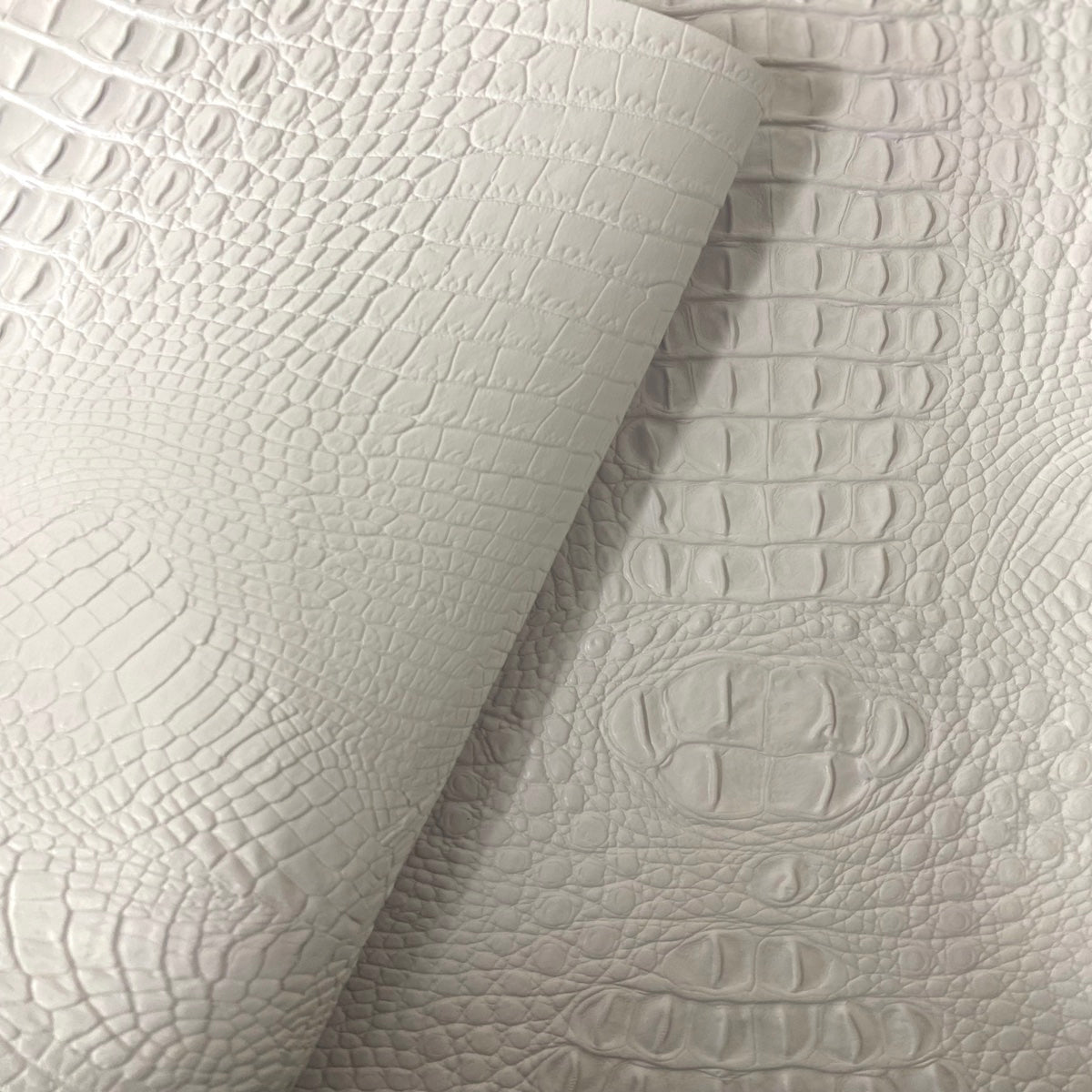
Illustrative image related to faux leather vinyl fabric
B2B buyers must conduct their own independent and thorough due diligence before making any purchasing decisions. This includes contacting suppliers directly, verifying certifications, requesting samples, and seeking professional consultation. The risk of relying on any information in this guide is borne solely by the reader.


